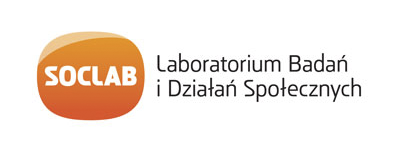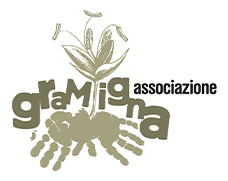EURECA
Good Practices
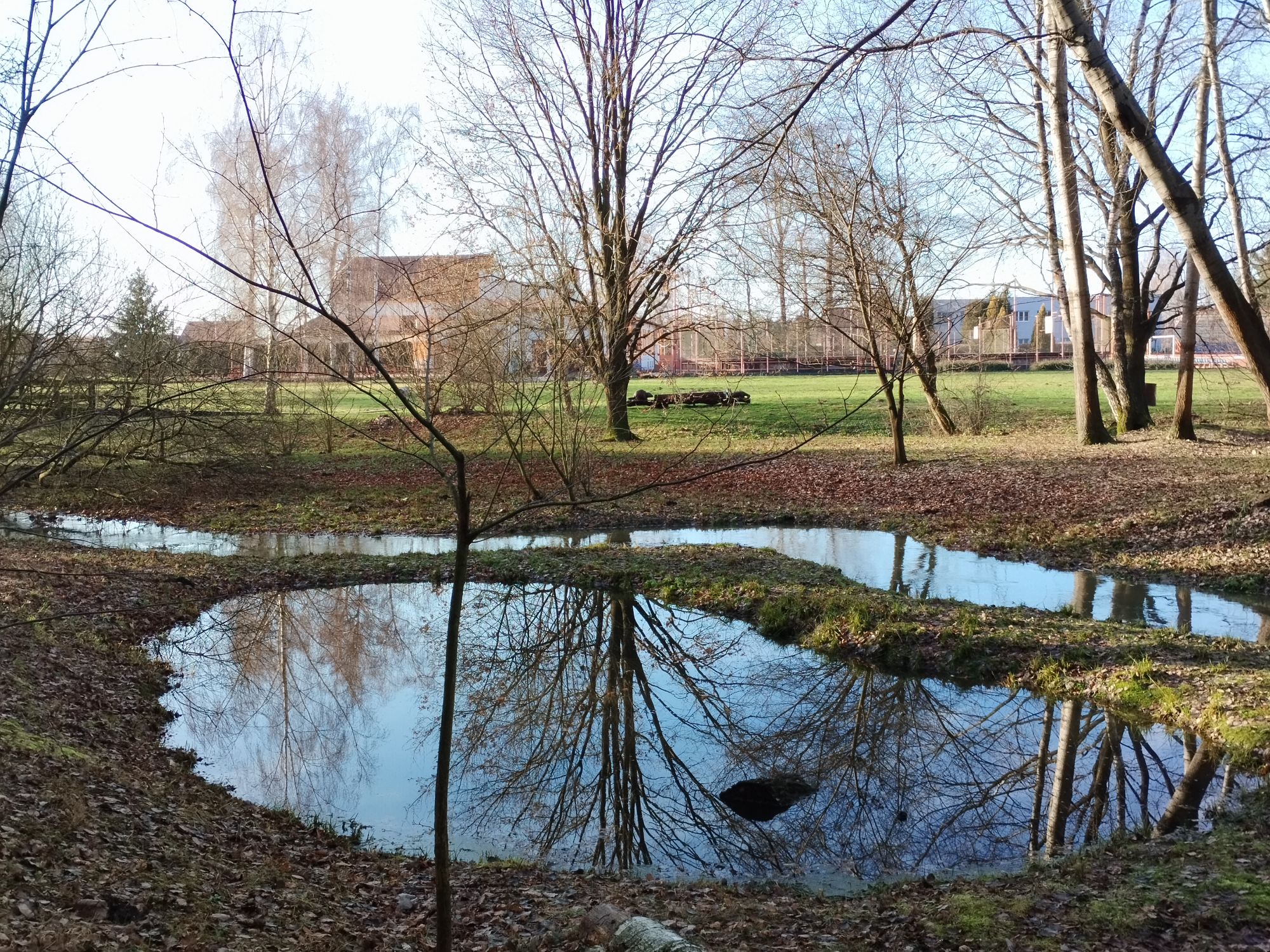
Revitalization water flow Bukovka in Živanice
Country:Description:
The Czech Republic's purpose is to improve the water management for keeping water in the land in nature in its “National action plan” so mistakes could be corrected from the past when the main goal was rapid drainage thanks to a large-scale drainage system to prepare the farmlands for intensive production. By this way, there was a huge loss of water, about 10 million m3 the landscape every year.
The revitalisation of watercourses is a process of rectifying improperly performed alterations (flow control) towards the original, nature-close state in order to restore the natural function of aquatic ecosystems. The naturalisation of water courses and floods in the open countryside as well as in built-up areas combines environmental and water management interests. In most situations, it not only brings ecological rehabilitation, but also helps to save water in the landscape for times of drought, while mitigating the formation and course of floods.
Revitalisation as a naturalisation of the watercourse and floods by construction measures usually of an investment nature is carried out on the basis of a proper project processed by a person authorised for water works and after appropriate water consultation. The revitalization project is based on knowledge of river morphology and the relevant river pattern (hydromorphological type) and aims to design the shapes and dimensions of the water course corresponding to this type. It usually uses hydromorphological and water analysis, always based on a naturalistic assessment of the space addressed. Furthermore, the project is based on the best possible knowledge of the historical course of a given stretch of watercourse and uses comparisons with similar sections of the same or similar watercourse that have not been affected by technical modifications in the past.
The Czech Republic has a planned network of revitalization of rivers and streams. In our region, the revitalization of a watercourse called “Bukovka” is a very impressive intervention in the landscape. Due to an initiative of Živanice municipality, a stream"Bukovka" should have returned to a natural shape and to construct on it seven small pools (three of them are able to flow) and some wetlands as a main goal of revitalization.
In the past the natural watercourse of Bukovka was straightened and filled with concrete material which does not allow water to absorb water into soil.
The priority objective of this revitalization of the water flow was to restore the water stream to its historical and natural conditions and thus increase water retention. One of the main factors improving water retention in the landscape are especially high-quality forest stands, thick and continuous vegetation. The roughening bottom of the stream and its rippling, i.e. lengthening and mitigating the longitudinal inclination of the bank, slowed the water flow and thus extended the water flow time through this section. In meanders, water slowed down can seep better into the surrounding lands and create wetlands and ponds in the adjacent depressions.
As well the concrete material used to fortify a small stream is hydraulically smooth. From the point of view of water self-purification, this is a negative phenomenon. The bottom covered with stones has an active surface, one and a half up several times higher. So that effect of self-purification is better and depends on the time of contact of water with the surface of the section.
As part of this revitalization action, a neglected part of the community was improved and people find there a nice place for their relaxation.
Read More
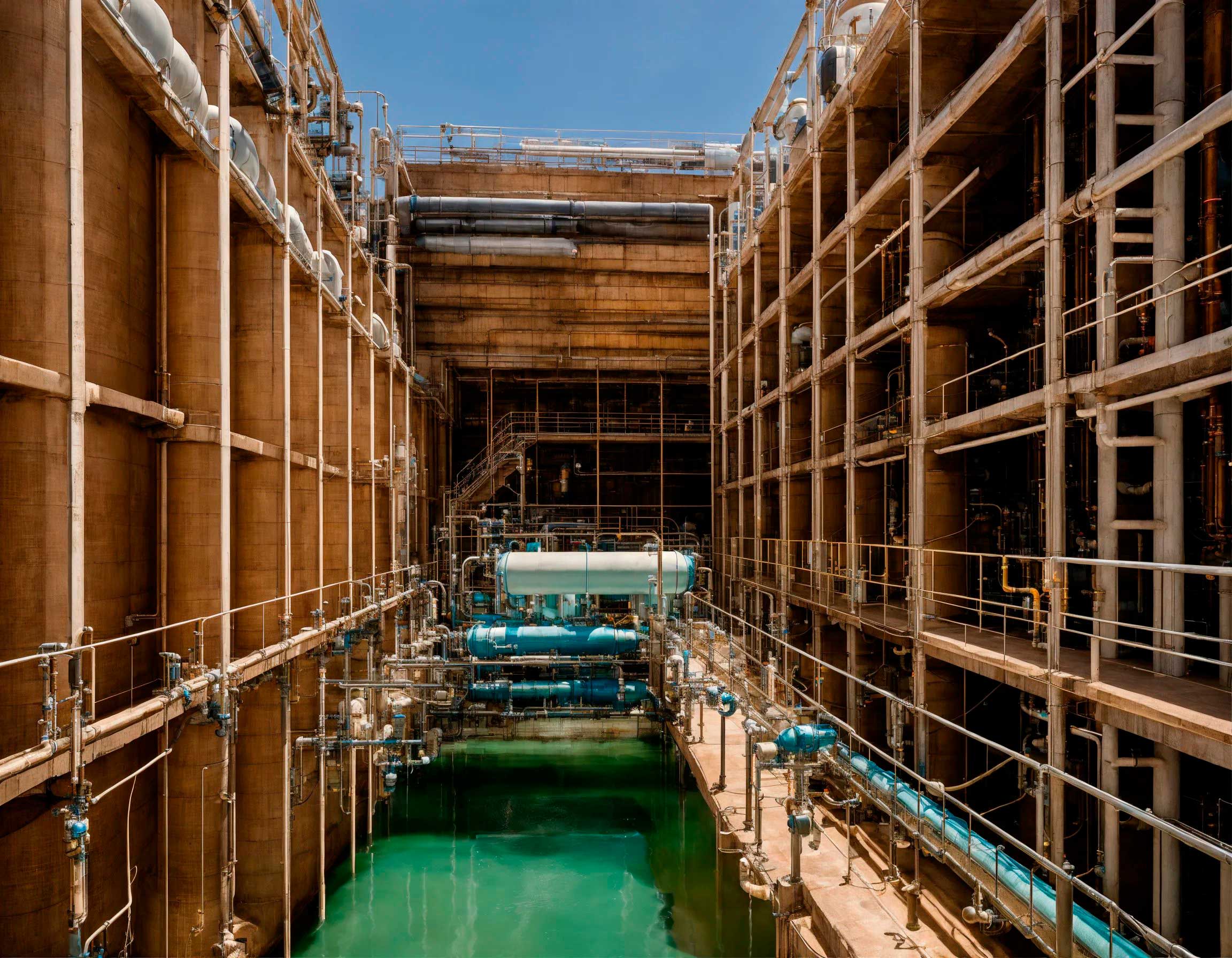
Valencia Desalination Plant: Nurturing Urban Ecology Through Sustainable Water Solutions
Country:Description:
The desalination plant in Valencia serves as a notable example of integrating technology with ecological considerations. Valencia, being a coastal city with periodic water scarcity issues, has implemented innovative solutions to ensure a sustainable water supply.
The Valencia Desalination Plant is strategically located along the coast, allowing it to leverage seawater as a source for desalination. This minimizes the impact on freshwater resources from inland areas and supports urban water needs.
The plant incorporates energy-efficient desalination technologies, including reverse osmosis, to convert seawater into freshwater. This focus on energy efficiency aligns with urban ecology principles by reducing the carbon footprint associated with water treatment processes.
Some desalination plants in Spain, including those in Valencia, have integrated the use of renewable energy sources into their operations. By utilizing solar or wind energy, these plants contribute to urban ecology goals by promoting sustainable practices and reducing dependence on non-renewable energy.
Proper brine management is crucial to prevent negative impacts on the marine environment. The Valencia Desalination Plant employs advanced brine disposal methods, ensuring that the concentrated brine resulting from desalination is carefully managed to minimize ecological disturbances in the coastal ecosystem.
The desalinated water produced by the plant is integrated into the urban water supply network, providing an additional and sustainable source of freshwater for the city. This integration helps meet the water demand of the urban population while easing pressure on traditional freshwater sources.
Ongoing research and monitoring initiatives are integral to the Valencia Desalination Plant's operations. Environmental impact assessments and studies on the plant's effects on local ecosystems contribute to the ongoing improvement of desalination practices with a focus on minimizing ecological disruption.
The Valencia project places importance on community awareness and engagement. Educating the local population about the benefits and challenges of desalination technology fosters a sense of responsibility and environmental stewardship, aligning with urban ecology principles.
The Valencia Desalination Plant serves as a positive example of how desalination technology can be implemented in a manner that supports urban water needs while respecting ecological considerations in a coastal urban environment.
Read More
Antibird collision windows films
Country:Description:
Approximately 300 square meters of walls in the buildings on the campus of the University of Białystok, Poland, have been protected with a special UV film, allowing to reduce the number of bird collisions with glass surfaces. The pioneering initiative, implying an innovative UV film was made possible through collaboration between the University and partners: the Polish Glass Traps Foundation, the Austrian organization BirdShades, and a local construction company.
In the modern architecture glass walls, large windows and decorative reflective elements due the common increase of this features represent a serious threat to birds.
"Although it happens that a freshly cleaned window or door glass is so transparent that we don't see it, the human brain, thanks to various cues such as doorknobs or shadows, can 'see' it. Similarly, we distinguish the wall of a forest from its reflection in the mirrored facade of a building. Birds see the world a bit differently. They treat their mirrored reflection as a rival, the reflection of a cluster of bushes as the continuity of the environment, and shaded elements of glass as hiding spots. The mirror effect or the transparency of glazed surfaces is a huge threat to birds, leading them to collide," explains Dr. Krzysztof Deoniziak from the Faculty of Biology at the University of Białystok.
"When the project for our campus was developed several years ago, this aspect of its architecture was not taken into account. Today, we know that some building walls should be secured to enhance the harmony with nature, which is inherent in the campus's design. However, we must do it in a way that does not interfere with the artistic intent of the designers, preserving the visual values of the objects," comments Prof. Robert Ciborowski, the rector of the University of Białystok.
The challenge was finding a material to protect glass surfaces. Common protective films on the market are not entirely transparent, often featuring a visible pattern. Ornithologists observed that for a pattern to be effective, it must be densely placed on the glass so that the bird perceives it as impassable. The nature of the pattern, whether dots, lines, or silhouettes of birds of prey, does not matter as they do not serve as a deterrent but rather as a graphic element.
The perfect solution for use in the university campus turned out to be a product developed by the Austrian organization BirdShades, which has been working for years to protect birds.
"Our film, developed by us, is transparent to the human eye but contains a special pattern at regular intervals. This pattern is active in ultraviolet light, which birds can see. This allows them to perceive the surface covered with our film as an obstacle and navigate around it," explains Dominique Waddoup from BirdShades.
According to the Glass Traps Foundation, which initiated this project, it is pioneering primarily due to its scale. There are not many examples in Poland and Europe of protecting large glass surfaces with UV protective film.
All initiative partners agree that there is also a need for widespread education on the risks of bird collisions with glass surfaces and the possibilities of preventing such incidents.
Read More
.jpg)
Production of energy from urban waste
Country:Description:
Urban waste from Lisbon and 18 other municipalities of the region is treated and recovered through an integrated system, which produces electricity and various materials. The system is managed by a private and public capital company, named Valorsul.
The main electricity producing unit incinerates unsorted urban solid waste, at a temperature of 900 degrees Celsius, in three incinerators, each with the capacity to burn 28 tons of waste per hour. The heat from the incinerators is transformed into water vapor which, through a turbogenerator, produces electrical energy.
Each ton of waste burned generates 587 kWh of electricity, of which 89 kWh are consumed in operating the system. The remaining energy is injected into the national electricity grid. Located in S. João da Talha, this unit receives around 1000 tons of unsorted solid waste daily, which is transformed into enough energy to supply a city with 150 thousand inhabitants.
Each ton of waste burned also produces around 200 kg of slag, which is separated. The metallic ones are recycled to be transformed into raw material. The others are subjected to a maturation process, which results in an artificial aggregate used by civil engineering, especially in the construction of roads, replacing natural materials. This product has CE mark certification.
Valorsul produces electrical energy in two other units, by burning biogas generated by the fermentation of biodegradable waste through the process of "anaerobic digestion" (treatment in a closed environment and absence of oxygen). These units also produce an organic compound to use in gardening, green spaces and in trees and shrubs agricultural crops.
The average annual production of electrical energy by the three Valorsul units is 350 GWh. This value is obtained from the undifferentiated collected domestic waste produced by 1.6 million inhabitants of the company's intervention area, which is equivalent to only 20% of all domestic waste produced in the entire country. This means that in Portugal the production of electrical energy from urban waste has great growth potential.
Read More
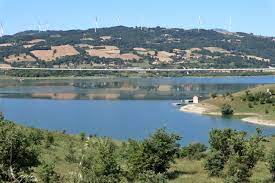
Conza Lake Oasis- WWF Area of Scientific Interest.
Country:Description:
The World Wide Fund for Nature (WWF) was founded in 1961, with its main goal being the conservation of biodiversity and the promotion of sustainable practices to preserve the environment.
In Italy, WWF has been active since 1966, and the WWF Oasis System was established in 1967. Oases are a complex and articulated system of protected areas managed by a private association and among the first in Europe. They serve as places dedicated to the conservation of land and biodiversity, while also serving as areas to educate citizens about the values and importance of conservation. The organization works to conserve nature and promote sustainable development in the Italian context to protect the environment and safeguard biodiversity.
The WWF Oasis "Lake Conza" corresponds to Lake Conza, covering an area of 800 hectares and being one of the most relevant areas in the inland regions of the south from a naturalistic point of view. The lake is artificial, reaching a depth of 30 meters. Construction began in 1972, resulting in a dam that allows the accumulation of water from the Ofanto River for irrigation purposes. The dam has been operational since 1992, with a basin of 252 km² and a reservoir holding 63 million m³ of water. The reservoir serves multiple purposes, including irrigation and, since 2013, providing drinking water. The Ofanto River, originating between Nusco and Torella dei Lombardi and flowing into the Adriatic Sea, feeds the Conza della Campania Dam with its waters.
Designated as a WWF Oasis in 1999, the area holds national and international importance due to the variety of avifauna that nests or settles during long migrations between the African continent and Europe. Recognized as a Fauna Protection Oasis by the European Union, it is a Special Area of Conservation (SAC) and Special Protection Area (SPA), housing endangered animal species and natural habitats. As a Special Protection Zone, it serves as a refuge for many mammals facing a decline in their populations, such as badgers, foxes, and the now rare otters. The area hosts the most significant heron colony in southern Italy. The WWF Oasis of Lake Conza is a crucial crossroads for migrations, witnessing the passage of various birds during spring and fall, including cranes, birds of prey, storks, and ducks.
The area's flora includes numerous plant species that have colonized different environments over time. Some, considered "weeds," play a vital role in biodiversity protection. The avifauna is rich, with approximately 140 reported species, including breeding and migratory species. Fishing is allowed throughout the year with a government license, but access to the dam is restricted.
Managed by Dr. Marcello Giannotti, the Oasis conducts workshops and initiatives such as "Tradizional-Mente" (Tradition-of-Mind) focusing on biodiversity protection and traditional farming practices. The Oasis also offers guided tours, environmental education workshops for schools, and various programs like the wildlife area for ducks and canoe tours of the lake.
The Oasis is accessible to everyone, featuring two trails: the Nature Trail, a nature walk with an artificial pond, and a viewpoint with educational purposes, representing a vital habitat for wetland species. The White Stork Trail leads to wildlife areas and the ancient orchard containing six apple varieties typical of the area.
WWF's commitment aims to increase activities in the Oases, improve their usability (including virtual aspects), organize and participate in conferences and public events, produce observations and documents on projects, participate in committees and councils, carry out events and dissemination campaigns, make reports on environmental offenses, and provide adult training in environmental education.
In summary, the WWF Oasis of Lake Conza serves as a vital conservation area with diverse flora and fauna, contributing to environmental education and sustainable practices in Italy.
Read More
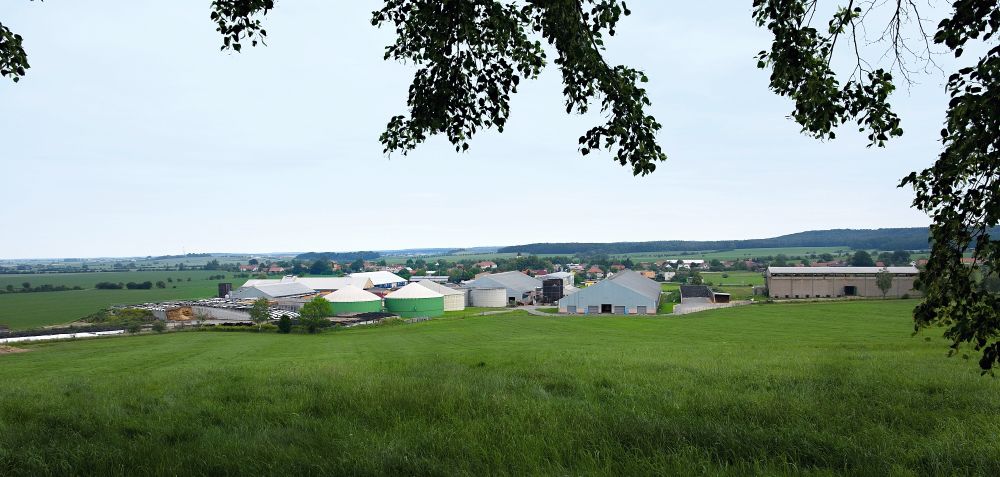
Alternative source of energy – Bio gas station in Ostřetín
Country:Description:
Biogas stations (BPS) are currently one of the basic types of renewable energy sources (RES). The energy source in this case is energy-rich biogas produced by biochemical processes in the anaerobic decomposition of organic matter. Feedstock can be efficiently grown biomass, agricultural waste biomass, or municipal organic waste.
The biogas station is an excellent substitute for natural gas extraction. It is more environmentally friendly as the production does not generate waste that puts a strain on nature.
In a biogas station, a controlled fermentation process converts wet biomass into bio gas. It is used particularly prevalent in agricultural cooperatives, as liquid and solid livestock feces can be processed in it very efficiently, as well as silage, for example. The resulting product of bio gas stations is the electricity that is supplied to the energy grid and the heat, continuously throughout the year. Heat is usable, for example, for heating family homes, water heating, agricultural product dryers, etc. According to the Czech Biogas Association, 481 biogas stations were installed in the Czech Republic at the end of 2013 with a total installed capacity of 363.24 MW and a share of generated energy from the ONS of 20.7%, or approximately 2.5% of the total electricity production in the Czech Republic.
Unlike wind or solar power plants, BPS belongs to regulated renewable sources. Biogas can be stored and energy can be generated even in case of adverse or substandard weather conditions. Waste substances are not generated in their operation, whereas BPS can treat waste to generate electrical and thermal energy and thereby contribute to the recovery of biodegradable waste in a given region.
The biogas station in the village of Ostřetín has an electrical output of 844 kW and is used for processing agricultural production surpluses.
This station consists of three components. In a preparatory place, the cattle excrement, slurry, manure, biomass from fields and silage is being prepared and remixed. The very core of the bio gas station is two ferments, where bio gas is produced, and a putrefaction tank. The last part is the engine, where the gas is burned, and the generator, which produces the electric current. All input materials, like renewable energy sources, are subjected to anaerobic fermentation in the reactor, the product of which is bio gas suitable for combustion in a co generation unit. The output from the co generation unit is electrical energy, which goes out through trafo station into the public energy grid of distribution plants and heat, a part of which is used to heat the ferments. The remaining product from biomass it can be used as a fertilizer for the agriculture production. The rest of the heat is used for heating objects in the agricultural area and neighboring businesses such as a car service, a wood dryer, etc. The project is also unique in that waste heat is also used to heat water in the agricultural cooperative's production and for its employees. This biogas station has been financially supported by the European Union.
Generally said, the operation of biogas stations provides a significant boost to agriculture in rural areas. In addition, they also bring new job opportunities, lead to greenhouse gas reductions, and can appropriately supply heat to homes or businesses nearby. Thus, biogas productivity is both ecological and economic.
Read More
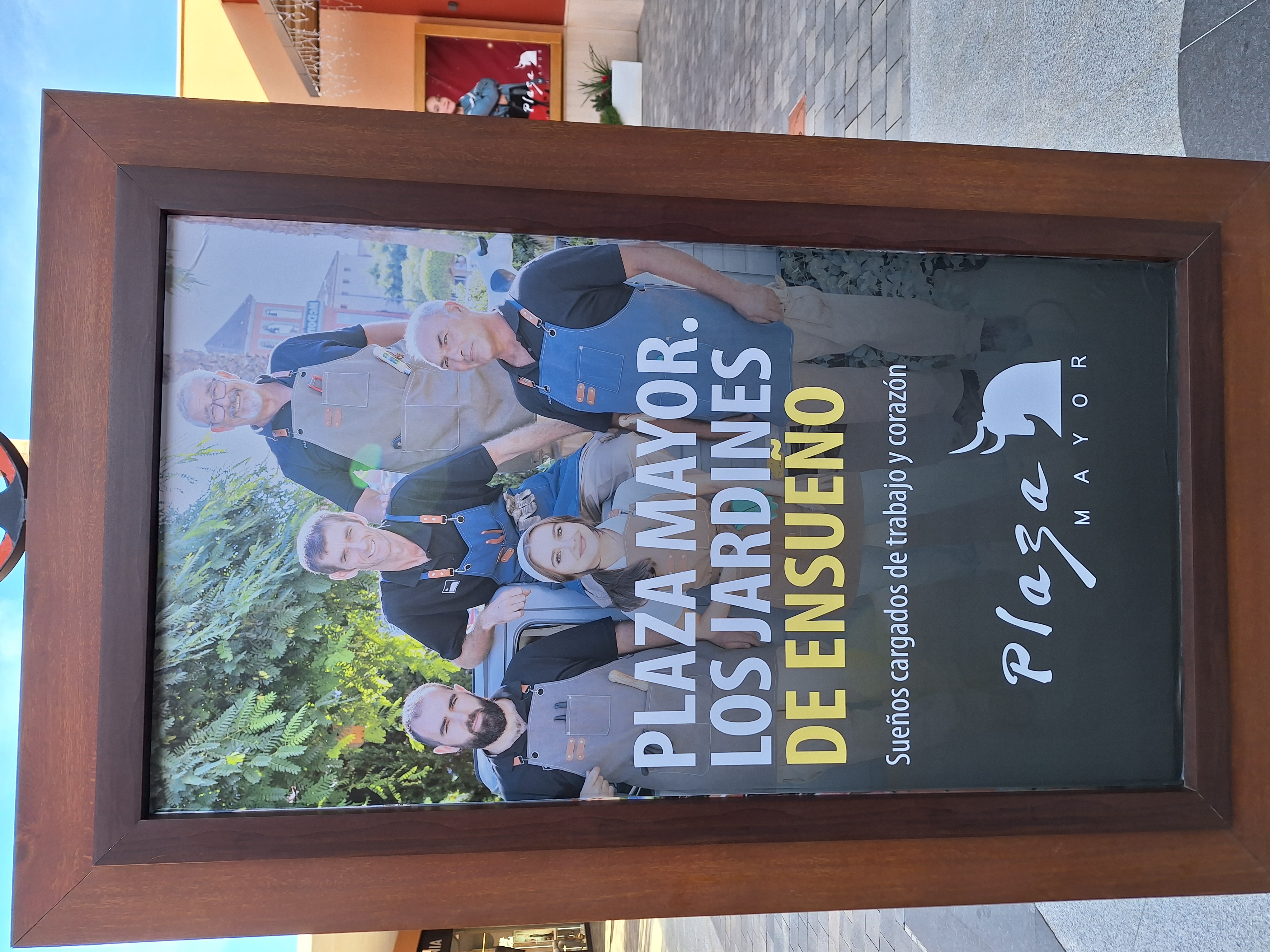
PLAZA MAYOR. Sustainable gardens in the largest shopping center in Malaga.
Country:Description:
Plaza Mayor is a huge shopping center with more than 155 stores and a large number of restaurants located just a few minutes from Malaga.
The company that manages it, Sonae Sierra, always looking to offer innovative solutions and differentiating experiences in its centres, embraces sustainability as a core value in its philosophy.
The Plaza Mayor gardens are a clear example of this commitment, as they are sustainable and environmentally friendly.
This commitment to have sustainable gardens began in 2010. Since then, they have carried out different actions which have been demonstrating even by allocating fewer resources it is possible to have a more spectacular garden.
The first step was the redesign of the garden, by reducing the lawn area and introducing native plants.
Five years later, they opted for biological pest control techniques, useful to release beneficial insects and to reduce the use of chemical phytosanitary products.
In 2016, biodiversity and attractiveness were enhanced thanks to the introduction of a monarch butterfly colony which now has become stable.
In 2019 they opted for a naturalistic style for the garden, by the introduction of autochthonous and Mediterranean species, as well as species adapted to the conditions of the environment, with which they managed to greatly reduce the use of water and resources while continuing to increase the biodiversity of the garden.
In recent years, this biodiversity has been promoted with various actions aimed at small fauna such as the installation of shelters for birds, water holes, which facilitate the survival of small mammals and reptiles, and insect hotels, constructions that provide food for beneficial insects and make them settle in the garden.
All these initiatives have made the Plaza Mayor gardens a real ecosystem where it is very easy to see a great variety of birds, different reptiles, butterflies and small mammals, such as the hedgehogs and even rabbits.”
This ecological, natural and sustainable approach goes hand in hand with a high technological level. Computerized irrigation, with weather station, and humidity probes according to the water needs in the garden.
All these measures have focused on respecting the natural cycles and have allowed the ecosystem to work in a natural and balanced way.
In this project framed in the Kaizen philosophy of continuous improvement, the vision of the future includes a commitment to contribute to promoting this natural wealth, expanding the fauna with species that regulate this ecosystem and increase its beauty such as bats or peacocks and offering to the visitor a differentiating experience with environmental education activities such a guided tours for those who request it or a path where visitors can participate to some didactic-playful actions useful to have information about the different species found in it while enjoying the beauty of the garden.
Read More

Comunità Energetica e Solidale di Napoli Est
Country:San Giovanni a Teduccio, a suburb of Naples characterized by strong environmental and socioeconomic challenges: a peripheral neighborhood plagued by issues related to the Camorra, environmental pollution due to abandoned chemical plants, an area undergoing reclamation due to high pollution levels, non-swimmable sea due to the lack of sewage treatment plants, and high levels of poverty.
It is precisely in this suburb that the first solidarity energy community was born. The establishment of the "Energy and Solidarity Community of East Naples," created by Legambiente Campania, currently involves 20 family units and aims to double within the year.
The formation of a community of interest consisting of 20 families led to the creation of the Energy and Solidarity Community of East Naples.
A group of experts has monitored the energy consumption of the 20 families, creating a "rendering of family expenses." The analysis started with identifying wastages and managing the family's energy expenses.
The Famiglia di Maria Foundation, an organization working in the neighborhood with educational projects for minors, made the roof of its headquarters available—a former orphanage from the 1800s—initiating the bottom-up ecological transition.
Thanks to state incentives, 166 solar panels were installed and connected to a new power station that shares energy among the 20 participating families. The solar panels will feed energy into a specially constructed station for use by the twenty families in the project.
The panels of the East Naples energy and solidarity community were "switched on" on December 17, 2021, producing 53 kW for the initial twenty families in the neighborhood. The project aims to involve at least forty apartments, as explained by Legambiente Campania.
These families are in absolute or near poverty and often live in conditions of 'energy illegality.' Enrolling them in the energy and social community means allowing them to connect to the public and legal energy grid, making them active agents in changing the neighborhood's cultural mindset.
Why is the East Naples Energy Community important? Because it ties together environmental and social aspects. The energy community embraces innovation and social support for the population because the savings from using renewable sources directly aid the families.
An important point emphasized is that communities and neighborhoods must be the ones to change the models of energy production tied to fossil fuels, leading the ecological transition.
Community Energy Resources (CER), as defined in the February 2020 law (L. 28/2020), are autonomous legal entities formed by members/users located near the renewable energy production plant. They share and network renewable energy.
The energy drawn by the community members through devices installed at their homes is considered "shared energy" and is therefore incentivized. Over the 25-year warranty period of the photovoltaic modules, the total incentives received, minus management expenses, would amount to over €200,000. It is also estimated to generate real savings, in terms of lower electricity consumption by all CER members, of about €300,000.
Simultaneously, there is a training program on renewable energy procurement methods and monitoring of electrical consumption and building quality in terms of heat dissipation.
Read More

Limiting meat in the school canteen.
Country:Description:
The current world of rampant consumption, over-consumption and over-abundance of everything in the rich countries of the 'global north' is causing a huge impact on the environment. The problem is not only waste but also, and perhaps above all, the way it is produced. One of the products whose mode of production has the greatest impact on the environment is meat. Farming animals for meat, as well as meat processing, consume huge amounts of water and energy, while animal excrement is a source of pollution of the soil, water and air. They also affect climate change, as methane released from animal excreta is one of the main greenhouse gasses. Huge areas of forest are being cleared for grazing, including the most valuable forests - the equatorial and Amazonian Forests. Meat consumption contributes to rise inequalities of the global south and north. At the same time, excessive meat consumption in rich countries leads to many serious diseases. A separate issue is the ethical aspects of animal farming and killing.
In order to move away from an unfavorable meat-based dietary style, many efforts are being made to reduce or give up eating meat. This is not easy, mainly due to human habits and culinary traditions. A separate problem is food waste. Often, legal barriers stand in the way, for example when feeding schoolchildren. But there are also good examples of how to deal with this.
The Polish municipality of Izebelin town, has taken up the challenge of food waste in schools, where a buffet has been introduced, so each child puts as much as he or she wants and what he or she likes best, so there are no leftovers on the plate from a menu gone wrong. You can also take leftovers to go in compostable containers. What's more - three days of the week are an all-you-can-eat diet, and meat only appears on pupils' plates on Tuesday and Thursday. In addition, non-organic disposable packaging and cutlery are banned in communal units. Food-sharing point have been launched in collaboration with an NGO, accompanied by a published brochure 'Outcast Cuisine' and zero-waste cooking workshops.
“Our daily menu is important for the sake of the environment and the fight against climate change" emphasizes Dorota Zmarzlak – The Mayor, who is not a vegetarian herself and is far from any kind of extremism, but as she says – enough is enough.
Read More
.jpg)
Water Factories and Lisbon Drainage Master Plan (LDMP)
Country:Description:
The occurrence of floods caused by extreme precipitation has become frequent in Lisbon, especially in riverside areas, due to the increasing occupation of the territory and climate change.
Lisbon Drainage Master Plan (LDMP) aims to protect the city from large flows of rainwater, through the construction – ongoing until 2030 – of 6 km of tunnels, which act as rain collectors, and uses interbasin water transfers, mitigating the environmental, economic and social impacts of floods.
The LDMP includes anti-pollution basins that store the first rainwater that is more polluted due to contact with the waste deposited on the pavements. The water is taken to the city's three Water Factories for treatment. One of the anti-pollution basins will have a compartment that can subsequently guarantee a minimum flow of water feeding a mini-hydro plant that will produce energy to supply the Alcântara Water Factory. The LDMP includes the reinforcement and rehabilitation of the existing sanitation network.
The three Water Factories of Lisbon (Alcântara, Beirolas and Chelas) treat wastewater and rainwater through various physical-chemical and biological processes to separate solids and remove organic matter, phosphates, nitrates and pathogenic microorganisms. Part of this recycled water is subjected to ultraviolet radiation and used in urban irrigation, washing pavements, firefighting and in industry, through a distribution system with 55 km of adductor pipelines. Another part is returned to the water ecosystem, in Lisbon case to the Tagus River, under environmentally safe conditions.
But the potential for reusing this water is unlimited. When submitted to ozonation and reverse osmosis treatment, it can be used for human consumption, as is already the case in Lisbon, with the production of Vira brand beer.
Read More
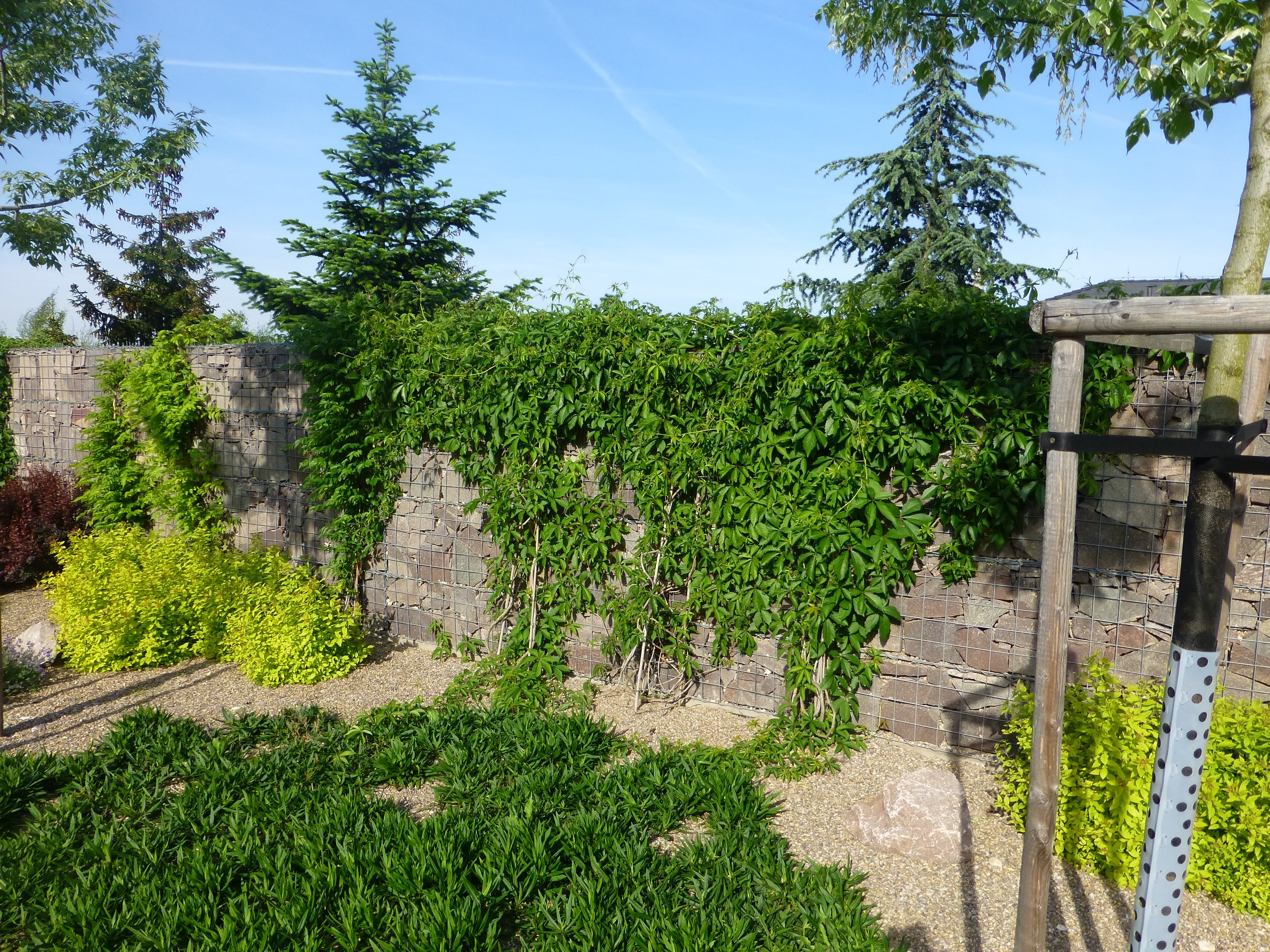
Protective gabion wall in Teplého street, city of Pardubice – Dukla
Country:Description:
The gabions are the wire structures filled with natural stone that have been used in a construction since the time of Leonardo da Vinci.
Measurable studies show that the gabions have an 80% lower carbon footprint compared to concrete. This was achieved thanks to the environmentally friendly production process and materials from which the gabions are made. The gabions contribute to the long-term sustainability of the environment in several ways:
The 100% recyclability of the gabions is undoubted proof of their high environmental importance for our planet. The steel used in their production is the most recycled material in the world. More than 90% of the used steel is recycled so that it can be reused in the production of the cars, the building structures, machinery or packaging. By comparison, just over 30% of all plastics produced in the EU are recycled overall. The second and at the same time the most distinctive structural component of the gabions are stones. The gabions meet the strictest criteria for the use of the building materials in nature.
The long-term durability
In today's world, increasing traffic is one of the variables that is transforming our environment. The use of the gabions allows the roots of plants to grow from the outside and from the inside, which at the same time contributes to the improvement of their statics. The leaves of these plants help to reduce the proportion of carbon in the air caused by car exhaust fumes. Perhaps the most important feature of the gabions is their long-term durability, at least 50 years.
The protective the gabion wall: Teplého ulice, Pardubice – Dukla
When the gabions walls are established, the a gravel foundation strips are built under the gabions structures, which support a water retention in the urban environment – here they form groundwater "reservoirs" for the surrounding trees – after heavier rainfall, they provide time for the soil horizon for better absorption of rainfalls. Together with the adjacent gravel paths, they form infiltration collectors from which the trees and the shrubs draw water that would otherwise be transferred by surface runoff to the city sewerage system.
The embankments of the gabion walls are 2/3 gravel, which supports the stability of the walls and at the same time increases the possibility of rainfall infiltration. The residual and unsuitable stone material was used in the embankments, which was not suitable for putting into the gabion construction (the stones that were too large or too small). At the same time, this supported the economy of construction and the non-waste rate (no removal of excess material). The passage through the gabion wall is made possible by the curved alleys so that the noise from the street cannot pass directly – the wall is an obstacle to its spread. No tree was cut down during the construction – thanks to the possibilities of building from the gabions, the wall was undulated so that it passes between the individual trees and minimally disturbs their root system. In the picture, Acer saccharum, where the roots were carefully exposed, the underlying gravel was backfilled, on which the wall was arched without damaging the roots of this tree – 6 years after the construction, the tree is in good condition. The wall is already completely covered with the plants such as Parthenocissus tricuspidata and Hedera helix in some places. Thanks to the gravel subsoil of the walls and the gravel paths, the greenery has enough moisture even in the dry summer months, when the lawns are already in poor conditions. The structure of the gabion walls with a number of irregularly sized joints between the stones supports the species biodiversity, creating the shelters for the insects and the small vertebrates such as the lizards and the birds.
For increasing the noise function, a geotextile is possible to add into the gabions construction. A finer material has a greater ability to absorb the street noise (less reflectivity and more surface area). At the same time, it provides support for the climbing plants (purposefully planted fast-growing Parthenocissus tricuspidata, Hedera helix, Campsis and Clematis) serving to cool the environment in the summer months. The climbing plants for greenery, which is a part of the anti-noise effect of the wall and at the same time retains airborne dust (PM10) from the adjacent busy road.
Read More
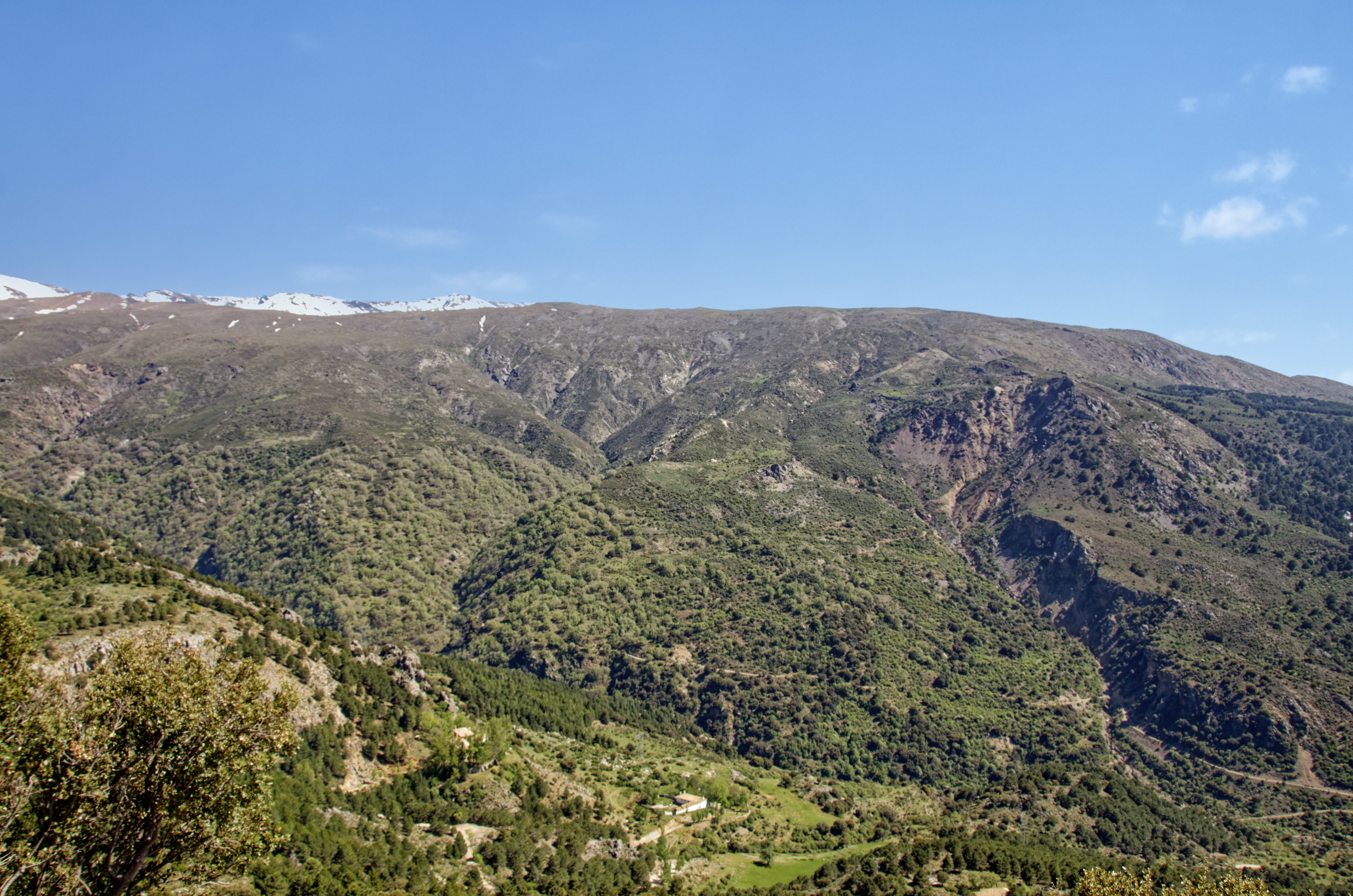
"LIFE RedBosques" Program
Country:Description:
Forests play a crucial role in the Mediterranean region as vital ecosystems, offering numerous benefits to society. However, they face significant threats, despite retaining high environmental value.
Recent changes, attributed to the abandonment of traditional practices and the impacts of climate change, necessitate the development of innovative management approaches centred on preserving ecosystem services.
In Spain, the "LIFE RedBosques" program concentrates on the restoration and safeguarding of native forests, especially within protected areas. The initiative strives to enhance the health and resilience of forest ecosystems while promoting biodiversity.
The overarching objective is to ensure that forest managers effectively integrate conservation of biodiversity and adaptation to climate change into their daily operations.
Specifically, RedBosques aims to:
1. Establish baseline scenarios for evaluating the conservation status of Mediterranean forests.
2. Formulate criteria and tools for designing and implementing forestry management practices in Natura 2000 Mediterranean forests, aligning with objectives related to biodiversity conservation and climate change adaptation.
3. Disseminate cutting-edge knowledge to the target audience and stakeholders.
This project involves collaborations among environmental authorities, local communities, and non-governmental organizations. Key activities include reforestation using native species, controlling invasive species, and implementing measures to prevent and combat forest fires.
Additionally, the program integrates educational and awareness campaigns to involve the public in sustainable forest management practices.
Read More
Camilla - food coop
Country:Description:
Camilla originates from the design process of a "solidarity purchasing group" Alchemilla in Bologna, thanks to the collaboration with the Campi Aperti Association, which has been organizing markets in public squares for organic farmers for years. The experience of the open-air markets inspired the creation of Camilla, particularly for the opportunity to encourage the growth of conscious consumers, in direct contact with producers, and thus active participants in a system that brings fresh and quality products to the shelves.
To develop this idea of new consumption and participation methods, the concept of a "community store" was born, drawing inspiration from the experiences of Park Slope in New York and Bees Coop in Belgium, based on the idea of critical and conscious consumption. Operational since 2019, Camilla follows the example of Park Slope Food Coop, founded in New York in 1973 and now boasting over 16,000 members. In recent years, numerous similar experiences have emerged in Europe, such as La Louve in Paris and Bees Coop in Brussels. These examples have confirmed the sustainability of the model.
In practical terms, economic sustainability is ensured by the number of members and the purchasing volume of each member. Group purchasing reduces the selling price of products, benefiting all buyers without devaluing the necessary work for product realization. Camilla is the first Italian experiment of a Food Coop. In practice, it is a different, more participatory and conscious consumption experience, resulting in what can be defined as a self-managed supermarket by its attendees, emphasizing consumer accountability.
Camilla is based on self-management. How? By actively participating in the selection of products and then managing the sourcing, distribution, and shelf sales. To purchase from Camilla, it is required by regulation to be a cooperative member and thus support the entire activity. Members must join and contribute three hours of their time per month to manage the store. By relying on voluntary work and thus reducing personnel costs, Camilla manages to offer fair prices for producers without being high for its members.
The store primarily sells food products, sourced from organic and sustainable supply chains (packaged and bulk, with a progressive inclusion of fresh vegetables and fruits, cheeses, and meat). All products in the store come from organic, ethical, and sustainable supply chains. The reference document for food products is the "Guidelines for Choosing Producers," which defines specific requirements based on the type of product. The group constantly works on a broader evaluation system, verifying the quality of producers and adherence to Camilla's principles.
The product selection within Camilla is seen as a tool to protect territories and empower communities, entrusted to a dedicated working group composed of competent members. The fundamental criteria for product selection include: organic, bio dynamic, or equivalent agricultural production; environmental and social sustainability; transparency in relationships; reduction of packaging; support for producers in difficulty; new supply chains; and the spread of bulk products.
Camilla promotes short and local production chains and direct knowledge of producers, fostering a constructive and transparent relationship among the entities involved in the supply chain, from production to consumption. It embodies the concept of "mutualistic exchange" between members and the cooperative: excellent products at affordable prices in exchange for a voluntary work shift for the store's operation.
In addition to the opportunity for solidarity, ethical, and sustainable shopping, members are encouraged to actively participate in various aspects of cooperative life. They organize food literature meetings, focusing on ethical supply chains that combat exploitation and human trafficking, in-depth discussions on participatory guarantee systems for food producers, and meetings on producer supply chains.
Since 2019, 56 people have started as founding members, and there are currently 475 cooperative members. Camilla organizes meetings with producers, public events, and consistently expands its network of suppliers, demonstrating that the community store model can also work successfully in Italy.
Read More
Flower meadow in the city.
Country:Description:
In Bialystok, Poland, starting in 2019. The City Council is establishing flower meadows in place of traditional lawns or leaving green areas unmowed. Such a measure has an ecological, aesthetic and social dimension.
"We wanted to introduce modern methods of maintaining greenery in road lanes - and at the same time environmentally friendly: improve biodiversity, mitigate the effects of so-called heat islands and locally improve the microclimate. Well, and beautify our city. It was important to choose the right composition of seed mixtures, as well as the period and intensity of flowering and drought resistance. We also tried to make the plants attractive to visiting insects. We cared about the micro retention of rain, as well as cleaning the air of harmful PM10 and PM2.5″ particulates. - says the Bialystok City Hall employee responsible for greenery. The deputy mayor adds, "Last year, 2022, the area of Bialystok's floral meadows occupied more than 8 hectares, this year it will expand by another more than 2 hectares. So we are exceeding the goal set at the beginning, which is 10 hectares of meadows in Bialystok. This year it will be almost 11 hectares. We are also increasing to 50 hectares the area of green spaces that are not mowed throughout the growing season. Last year it was about 36 hectares. We are taking these and other such measures for the sake of Bialystok's biodiversity and environmental protection."
Bialystok's meadows are very diverse and serve many functions. Multicolored perennial meadows occupy 25% of the total area, antismog perennial meadows - 6%, butterfly-friendly annual meadows - 17%, antismog annual meadows - 36%, sunflower fields - 6%, the remaining area other flowering species.
Nature benefits most from the floral revolution - beneficial pollinators, urban birds and other small animals. Residents gain beautiful spaces and contact with nature, while taking care of clean air and combating climate change.
Flower meadows reduce the cost of maintaining green spaces, primarily by reducing mowing and watering. The meadow is mowed a maximum of twice a year. This saves not only money and time, but also health. After all, a growing number of studies speak of the high harmfulness of unfiltered exhaust fumes from the engines of lawnmowers and combustion blowers.
Flower meadows also have a promotional dimension - they are readily described by the media, through which they positively advertise the city, its authorities and residents
Read More
.png)
Monsanto Green Corridor
Country:Description:
Monsanto Green Corridor integrates Lisbon's ecological structure in a extension of around 2.5 km, with a trails network of around 40km and an area of 51 hectares with thousands of trees and shrubs, gardens and parks, and an agricultural area. It also includes equipment: a children's playground, a skate park, kiosks, cycle paths and viewpoints
The Corridor connects Parque Eduardo VII, in the city center, to Parque Florestal de Monsanto, considered Lisbon “green lung”, with approximately 900 hectares. In addition to green areas, Monsanto has three artificial lakes, a Wastewater Treatment Plant and an Interpretation Center with several environmental awareness activities.
This green corridor, designed in the 70s, was the first and is the most important of the nine corridors that connect important areas of the city and contribute to the fight against climate change and to the implementation of the Lisbon Local Biodiversity Action Plan, whose objective is to increase the performance of biodiversity in the city with the green area occupying 25% of the total area in 2025.
Urban green corridors promote the movement and articulation of historical, cultural and landscape heritage and support different uses compatibility: environmental, sports, aesthetic, cultural and recreational. They are designed for a sustainable city development, because they allow the protection of biodiversity and natural elements, contribute to prevent the formation of heat islands and reduce atmospheric pollution in the city.
The existence of cycle paths promotes sustainable mobility.
In addition to the ecological function, green corridors are socially and culturally very important, they improve people's life quality through physical activity and mental relaxation, promote tourism with positive effects on the city's economy and promote population cultural by allowing access, for example, to outdoor amphitheaters.
Read More
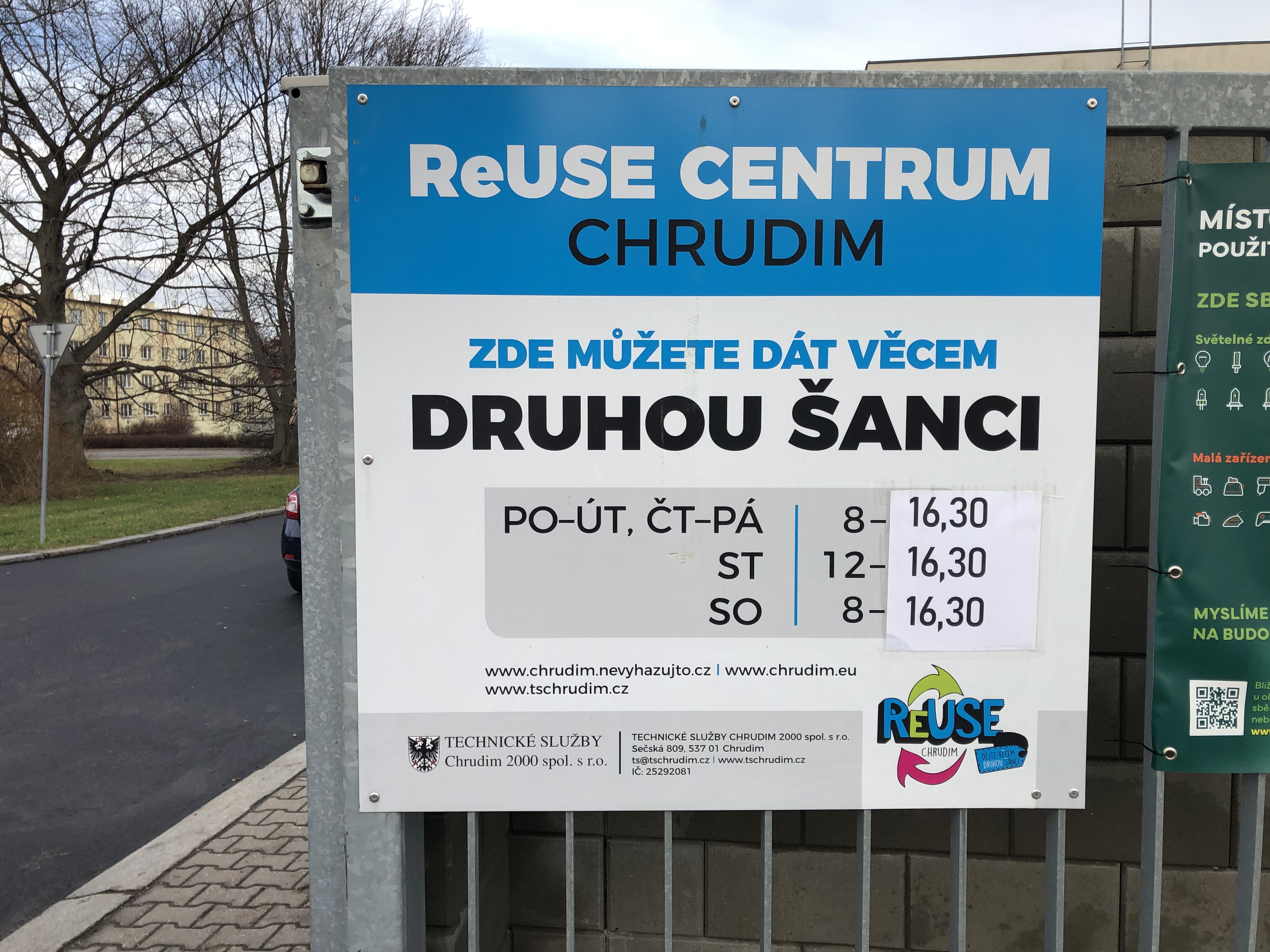
RE – USE center in town Chrudim
Country:Description:
The European Union, which is currently trying to rethink the management of natural resources and material flows in the Member States, is preparing changes to waste legislation that should ensure a shift away from the linear nature of the current economy towards a so-called circular economy (circular economy). The circular economy takes into account the limits of our planet and aims to ensure the circulation of materials, reduce waste production and, through a change in production and consumer models, also create employment opportunities. Reusable centers can bring significant societal benefits, especially if they are conducted with a clear social mission, for example as a social enterprise. Reusable activities provide a high potential for job creation as they are manually demanding (collection, sorting, cleaning, repair, etc.). Reuse and preparation for reuse in this concept is essential and their importance will be reflected in the waste management of the Czech Republic.
Things get a "Second life". They can also be used for another purpose or someone who can take them and wants to repair or disassemble them and use them for other purposes.
At the same time, it allows many families to equip the household with functional things, although older ones.
The Centers are used by a wide range of people, both from socially disadvantaged backgrounds, and more often by various handymen or enthusiasts who do not want to constantly surround themselves with new things, but like to have things with a story and want to help the environment. ReUse The centers also help to reduce social differences.
These centers are usually part of the "Collection yards" that are located in all cities and allow citizens without any fees to deposit sorted waste. People, who found something useful for them, can buy these used things for a little payment.
The city of Chrudim, where we operate, also has its own reuse center, which is part of the “Collection Yard”. The center was created as part of an environmental-social project and based on public requests. The "Collection yard" and the ReUse center are operated by a company called “Technical service, Chrudim 2000 Ltd”. In this case, the small funds obtained from the sale are used to finance the dog shelter run by the city of Chrudim.
The creation of new similar centers is supported in the Czech Republic. Municipalities, towns and other entities can apply for a subsidy to build ReUse centers, i.e. places "to prevent the generation of waste". The subsidy is up to 85% of eligible costs, and in 2023 the minimum drawdown amount was about 20 410 Euro.
Read More
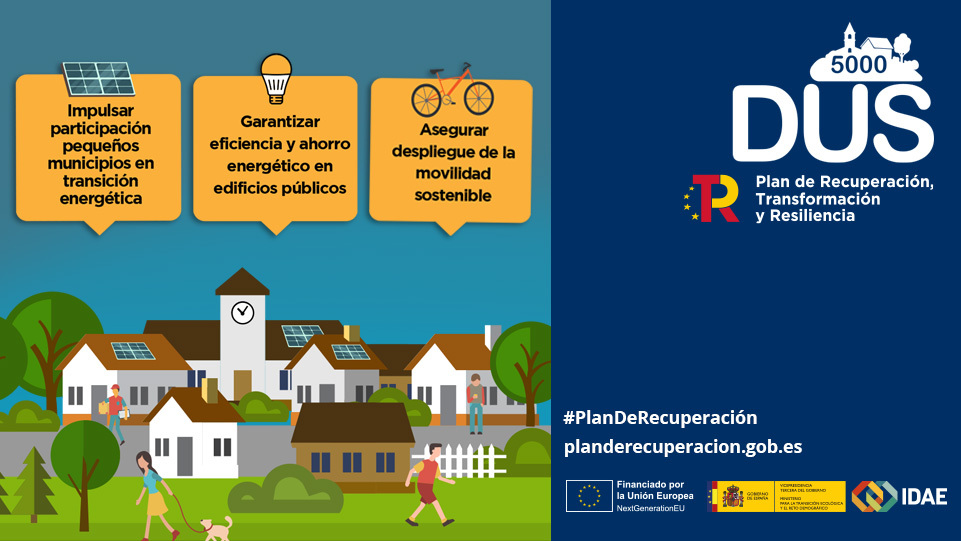
sustainable energies to reduce rural depopulation.
Country:Description:
The DUS 5000 Program, i.e. the Sustainable Urban Development Program, was created to help communities achieve an energy transition while combating rural depopulation in these areas.
The Sustainable Urban Development Program 5000 is a new line of aid for the implementation of clean energy projects in municipalities with demographic challenges.
The grants will go to municipalities defined as "demographic challenge municipalities". These are those with less than 5,000 inhabitants and non-urban municipalities with up to 20,000 in-habitants in which all their singular population entities have up to 5,000 inhabitants.
This aid aims to promote the sustainable urban development of these municipalities with ac-tions related to energy efficiency in public buildings and infrastructures, the promotion of green investments, self-consumption and sustainable mobility.
The municipality of Ohanes will be the first in the province of Almería to carry out the installa-tion of renewable energies to promote self-consumption through the DUS 5000 Plan.
The Ohanes project consists of the installation of photovoltaic solar energy systems for self-consumption in nine municipal buildings or infrastructures. This includes the Town Hall, the wa-ter treatment plant, the Sports Pavilion, the Multipurpose Hall 'Los Depósitos', the Multipurpose Hall 'Matadero', the New House, the school, the future Interpretation Center and the Medical House.
For a project to be eligible under the DUS 5000 program, it must implement a measure that achieves a reduction in the expected CO2 emissions. The measures from which they can choose are as follows:
• Reduction of energy demand and consumption in public buildings and infrastructure.
• Renewable electricity generation facilities for self-consumption.
• Renewable thermal generation facilities and heating and/or cooling networks.
• Fight against light pollution, efficient and intelligent lighting, Smart Rural and ICT.
• Promotion of Sustainable Mobility.
Municipal policymakers highlight the importance of this investment program to promote sus-tainability and renewable energies in rural areas.
Read More
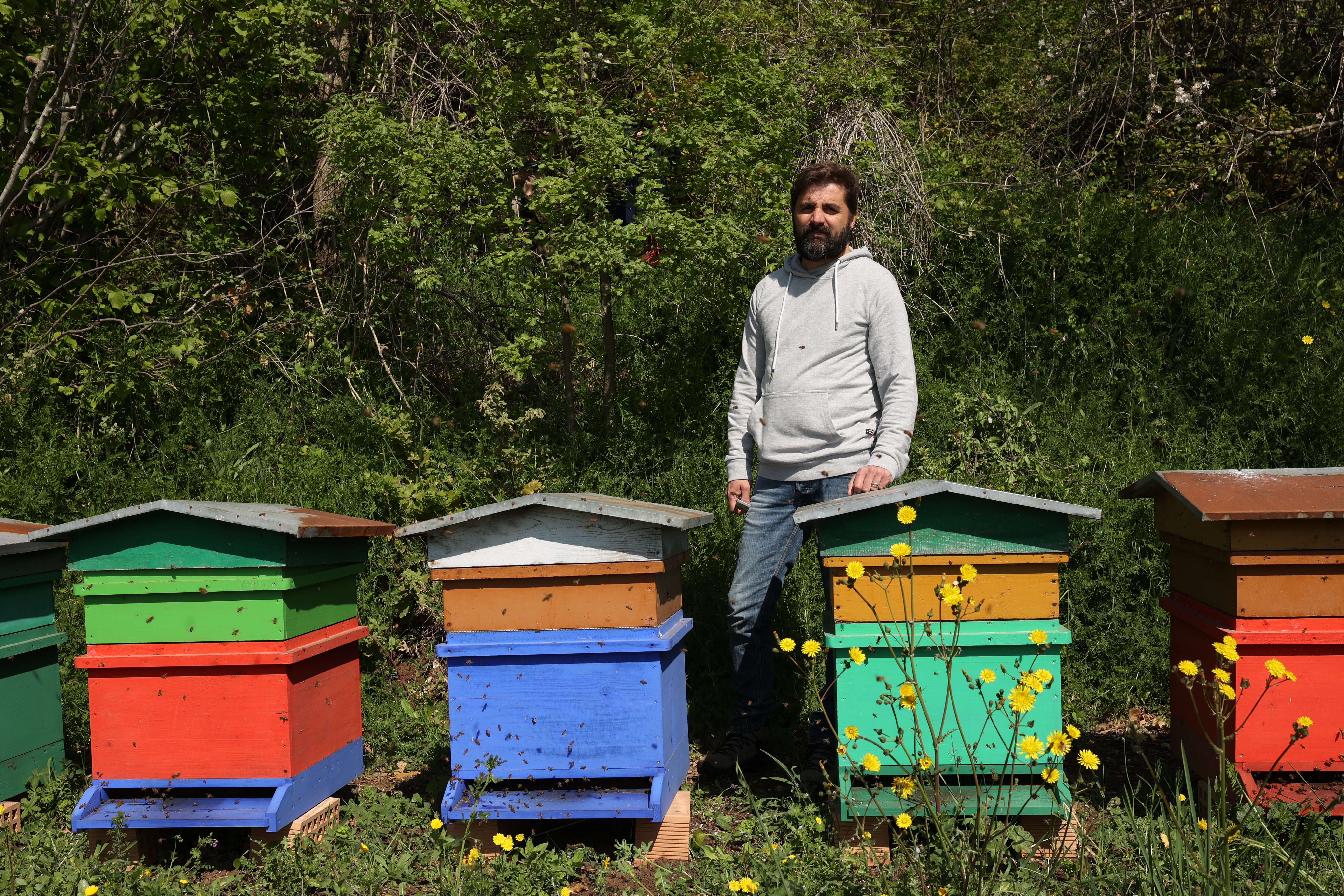
Cooperativa Lentamente
Country:Description:
The agricultural cooperative "Lentamente" is composed of a group from the rural province of Benevento, in southern Italy. This is an area of emigration, with an average of over 5000 people annually changing their residence within this province alone. This migration is driven by certain characteristics of rural areas, including a lack of transportation, limited services, a scarcity of quality employment, and a lack of opportunities for diverse experiences. These individuals have experienced migration, and after various experiences and years in other places, they have decided to return to their homeland.
The members have returned and broadened the vision of their original territories, opening up to new interpretations: a land less contaminated by industrial cultural homogenization, and above all, rich in intangible cultural heritage and ancient knowledge to preserve.
The group integrates agriculture and social aspects, valuing people and the territory, addressing the needs of those living in this area by using fieldwork and food as tools for integration and development. They focuses on researching alternative agricultural practices without the use of chemical compounds (fertilizers, pesticides, herbicides, etc.), invasive farming methods, and excessive land exploitation.
The Aim is to involve disadvantaged individuals, people with disabilities raising awareness, informing families and society, integrating without homogenizing or assimilating.
Not only allow the participants to build a different path for their future but also contribute concrete actions that add value to the territory.
Lentamente group has been able to carry out numerous activities and aims to become a true training and orientation hub in the agricultural field, helping victims of labor exploitation. All of this follows specialized training courses for local crops, such as pruning olive trees or grapevines.
Lentamente was awarded the ILC Award in 2022—a prize from the International Land Coalition, the largest and most comprehensive alliance dealing with land rights, a true global alliance of civil society, farmer organizations, and United Nations agencies.
They produce wheat, flour, fresh vegetables, legumes, honey, hazelnut cream, pasta, and tomato sauce. It has a processing laboratory and a honey packaging laboratory, and currently manages several hectares of land where it also produces olive oil and wine.
Read More
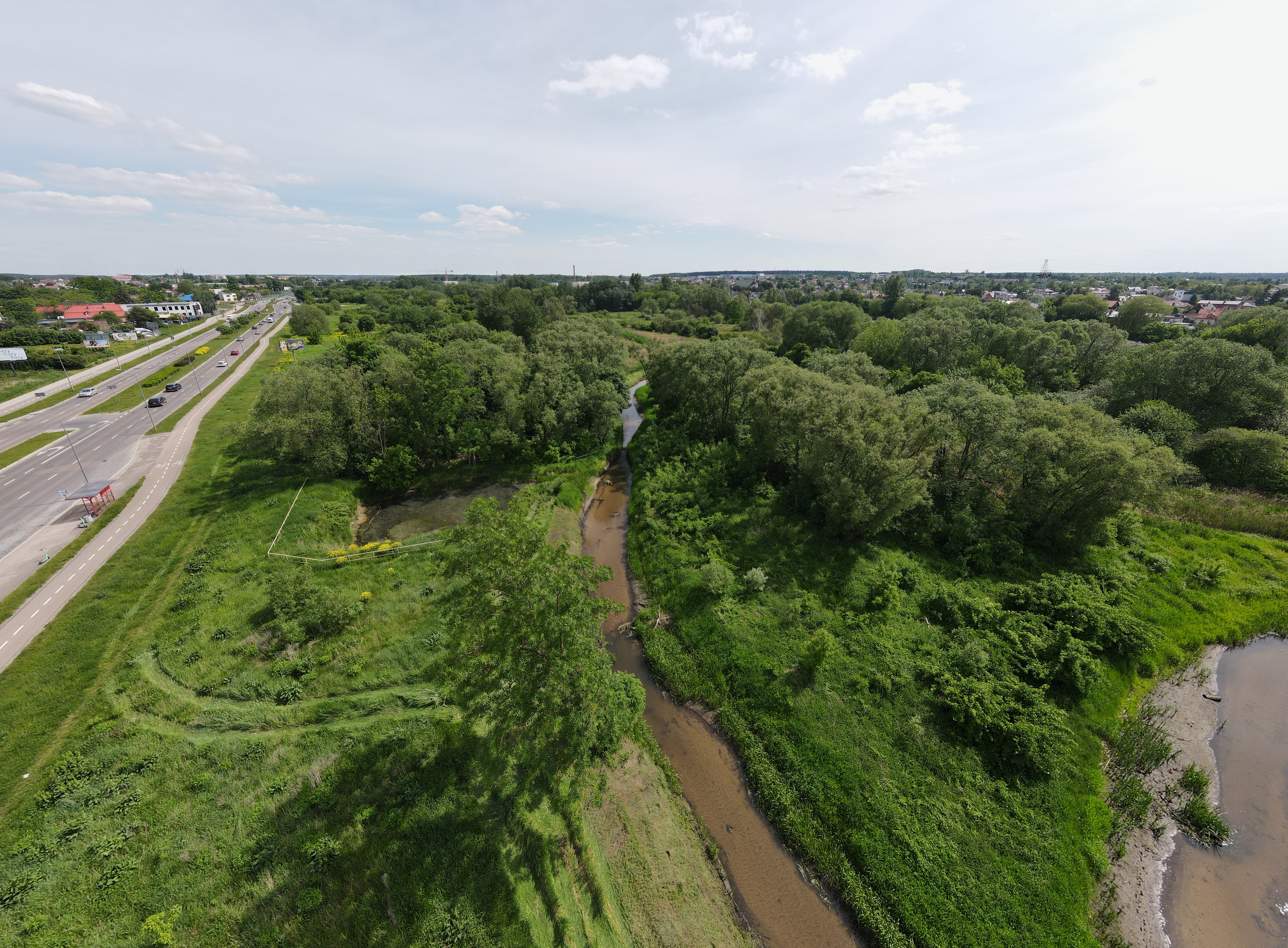
River restoration.
Country:Description:
Renaturalization, meandering, and restoring the natural shape of the Biała river in Białystok, a city in eastern Poland, capital of the region Podlasie.
The main part of the project was the introduction of renaturalization, or the restoration of natural ecosystem processes. Activities included meandering, or the creation of meanders and winding bends in a section of the river where it previously ran straight. This contributed not only to restoring the river's original character, but also created a more diverse and ecological habitat for flora and fauna.
In addition, an oxbow lake was restored, providing an additional retention area to hold water during periods of heavy rainfall. This gave the river the ability to store water, which had the effect of minimizing the risk of flooding.
A damming penstock was used to control the water level in the river. This is a mechanical device that regulates the flow of water and maintains the optimal water level in a given section of the river. Thanks to the damming valve, it was possible to precisely adjust the water level to changing weather conditions and prevent possible dangerous flooding. The ultimate effect was to increase the safety of the surrounding urban areas.
The investment not only helped create an aesthetically pleasing environment, but was also a response to changing climatic conditions. Increasingly frequent and intense rainfall has challenged the city's water systems. Work on the Biała River aimed to adapt to these changes by creating a retention reservoir that effectively controls the flow of water, minimizing the risk of flooding.
The effects of the work are already visible shortly after the project's completion. New species of fish, plants and birds have appeared, and naturally valuable areas have begun to attract residents and tourists. Development of infrastructure along the river, such as bicycle paths, restoration of the natural character of the place and creation of green enclaves, made this part of the Biala River a friendly place for Bialystok residents.
The investment was financed from the budget of the City of Bialystok, while the work was carried out in 2015 and 2016.
The reconstruction of the Biala River, implemented by the City of Bialystok - was among the three projects awarded in 2022 in the General Directorate for Environmental Protection's competition for the Polish Landscape Award.
Read More
.jpg)
Lisbon Horticultural Parks *
Country:Description:
At the end of 2023, the 24 vegetable gardens and farms of Lisbon occupied 16.4 hectares of the city area (10,005 hectares). In addition to these municipal spaces, there are small vegetable gardens in 70 public schools, with educational and community supply purposes, and in some cases with hydroponic cultivation.
Agriculture always existed in cities and in Lisbon there are reports of the existence of vegetable gardens and farms since Roman times. Since the middle of the 20th century, vegetable gardens have multiplied wildly due to the migration of rural populations to the capital and subsistence economy. The regulation of these spaces was imposed by the growth in real estate occupation of the urban territory and the need for planning. At the beginning of the 21st century, environmental concerns were added.
The 21 municipal vegetable gardens in operation (9.7 hectares) are divided into 850 plots for cultivation, which are allocated by public tender. The main criteria is the distance between the place where the citizen lives and the park, because vegetable gardens also have a community socialization function.
In addition to the vegetable gardens, agriculture in Lisbon includes a Pedagogical Farm (2 hectares dedicated to the connection between the countryside and the city), a 2 hectare vineyard (explored in partnership with a wine company), a 2.7 hectare orchard (explored in cooperation with the Monsanto Prison).
Many of Lisbon's arable areas are integrated into the surrounding spaces of the city green corridors, such as Parque do Zé Pinto, in Campolide, which has a biodiverse rainfed meadow, integrated into the Monsanto Green Corridor. Rainfed meadows are more ecological than grassy areas, as they do not consume irrigation water and are rich in vegetables that fix atmospheric nitrogen. There are already 5 hectares of rainfed meadows in Lisbon, contributing to the biodiversity and balance of the urban ecosystem.
Read More
Land degradation
Country:Description:
The natural monument "Na Plachtě" is located in the southeastern part of the city of Hradec Králové. The monument, which is unique, is situated in the proximity of an urban fabric which can represent a big threat for the natural habitat of the monument.
"Na Plachtě" there have been recorded so far some 720 species of higher plants, 69 species of moss, 107 species of fungi and 2250 species of animals which we can find in forest, meadow or wetland. Of these, around 107 are protected by Czech legislation (endangered, severely endangered and critically endangered species) and in addition 19 species have European importance. Several species of animals "Na Plachtě" have a single or one of the few occurrences within the whole of the Czech Republic. From both a botanical and a zoological point of view, the nature monument "Na Plachtě" is considered unique, and the uniqueness is exacerbated by being in touch with the city.
Since the 1960s, there have been efforts to destroy the locality "Na Plachtě" by stopping it. There was an acute danger in times of socialist planning. And by the end of the 1980s, the construction of a sewer system for a block of flats housing estate for 19,000 people already began. The transfer of protected animals also began, but at the last minute the project was abandoned.
After 2008, there were a number of plans to build "Na Plachtě" as a housing estate by IPB Real (ORCO Property Group), storehouses and office buildings of Kelcom International and Turck IMO. Then, in 2009, the construction company STAKO,L.t.d. devoted itself to the devastation of its lands with the occurrence of specially protected species by taking 1,300 tons of waste to amphibian wintering grounds.
Since the 1980s, conservationists have been battling to declare a protected area “Na Plachtě”. In 1998 “Na Plachtě” was declared protected like a natural monument “Na Plachtě” 1 and “Na Plachtě”2. The range of natural monuments “Na Plachtě” 1 and 2 was not able to provide sufficient protection of unique habitats. A simple example is amphibians, whose wintering grounds were located outside the natural monuments “Na Plachtě” 1 a 2. As a result, conservationists initiated the designation of the "Na Plachta" 3 natural monument as well as the protection of this expanded area in the form of a European significant site network of European protected areas, Natura 2000. They also initiated a change to the city of Hradec Králové zoning plan to transfer the use of these areas from the areas of the multi-story residential development to the areas of the greenery.
A public campaign, including a petition, has contributed to supporting the expansion of the natural monument. The petition was closed on 20th of November, 2009 and supported by 14,000 citizens! The petition greatly helped to announce the natural monument “Na Plachtě” 3 in 2012.
We want this unique natural paradise to be preserved for future generations.
Read More
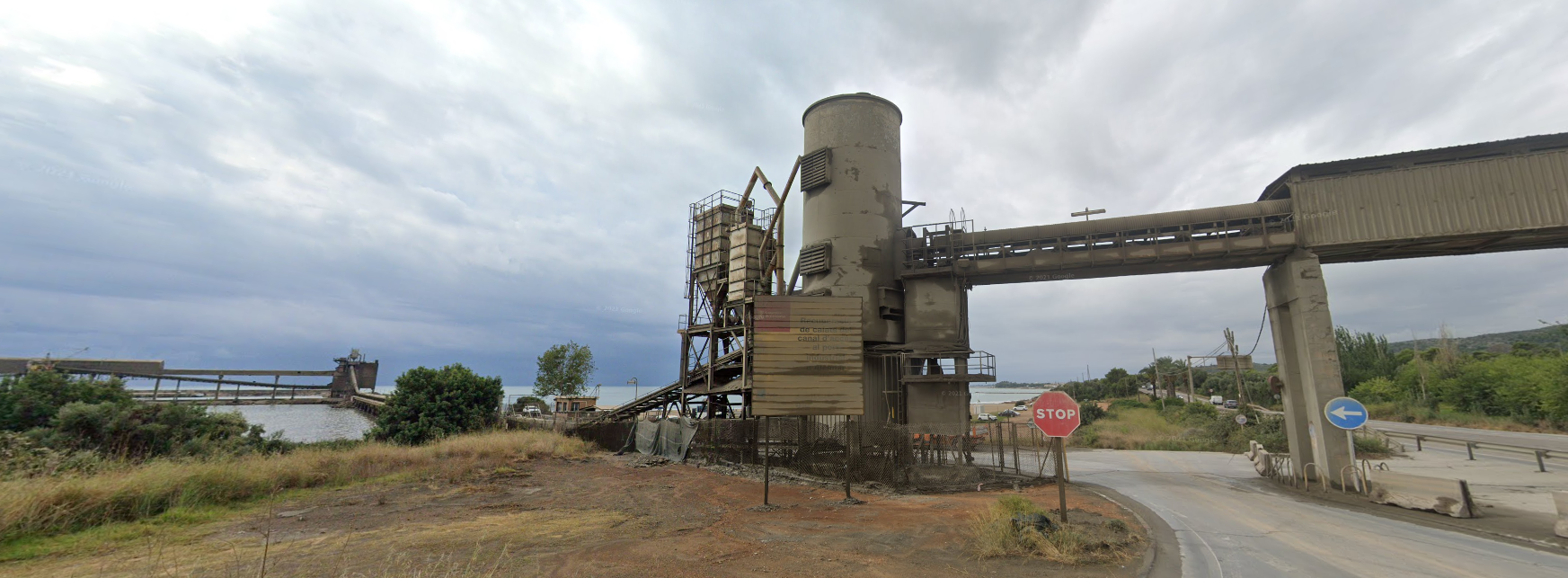
European project HYIELD: Europe's first industrial-scale green hydrogen from waste production plant
Country:Description:
Europe currently produces 300 million tons of waste that has the potential to generate more than 30 million tons of renewable hydrogen.
The decarbonization of the planet is one of the objectives outlined in the European project HYIELD. To achieve this goal, the decarbonization of an element such as hydrogen —currently responsible for over 2% of the world's total CO₂ emissions— resulting in green hydrogen is a pivotal aspect.
The HYIELD project has been approved for funding in the Horizon Europe call under the designation 'Demonstration Plant for Waste-to-Hydrogen Conversion.' This call is led by the Clean Hydrogen Joint Undertaking (Clean Hydrogen JU), the entity overseeing European Union funding and research and innovation activities related to hydrogen, to support the European Green Deal and the EU Hydrogen Strategy.
Green hydrogen is gaining increasing interest in Europe as a pathway to decarbonize various sectors, including energy-intensive industries, aviation, and maritime transport.
The €15.5 million project, co-funded by the Clean Hydrogen Partnership through the Horizon Europe program with a €10 million grant, aims to develop an innovative Waste-to-Green Hydrogen technology. It will run for the next 4 years and involves 16 partners from Spain, France, Luxembourg, Norway, Germany, and Switzerland.
The waste-to-hydrogen conversion plant will utilize WtEnergy Advanced Solutions' CleanTech gasification technology and H2Site's membrane separation reactor. It will be implemented at a CEMEX cement factory in Spain, where the green hydrogen will be used in cement production.
Throughout the HYIELD project's development, the plant is expected to process over 2,000 tons of waste and produce approximately 400 tons of green hydrogen. This hydrogen will be tested for industrial uses, such as clean fuels, fertilizer production, and more.
Over the four-year duration of the project, technologies and processes will be integrated to efficiently convert biogenic waste streams into high-purity green hydrogen at a highly competitive cost. The goal is to demonstrate its applicability in aiding the decarbonization of different sectors, including maritime transport, aviation, and energy-intensive industries.
Read More
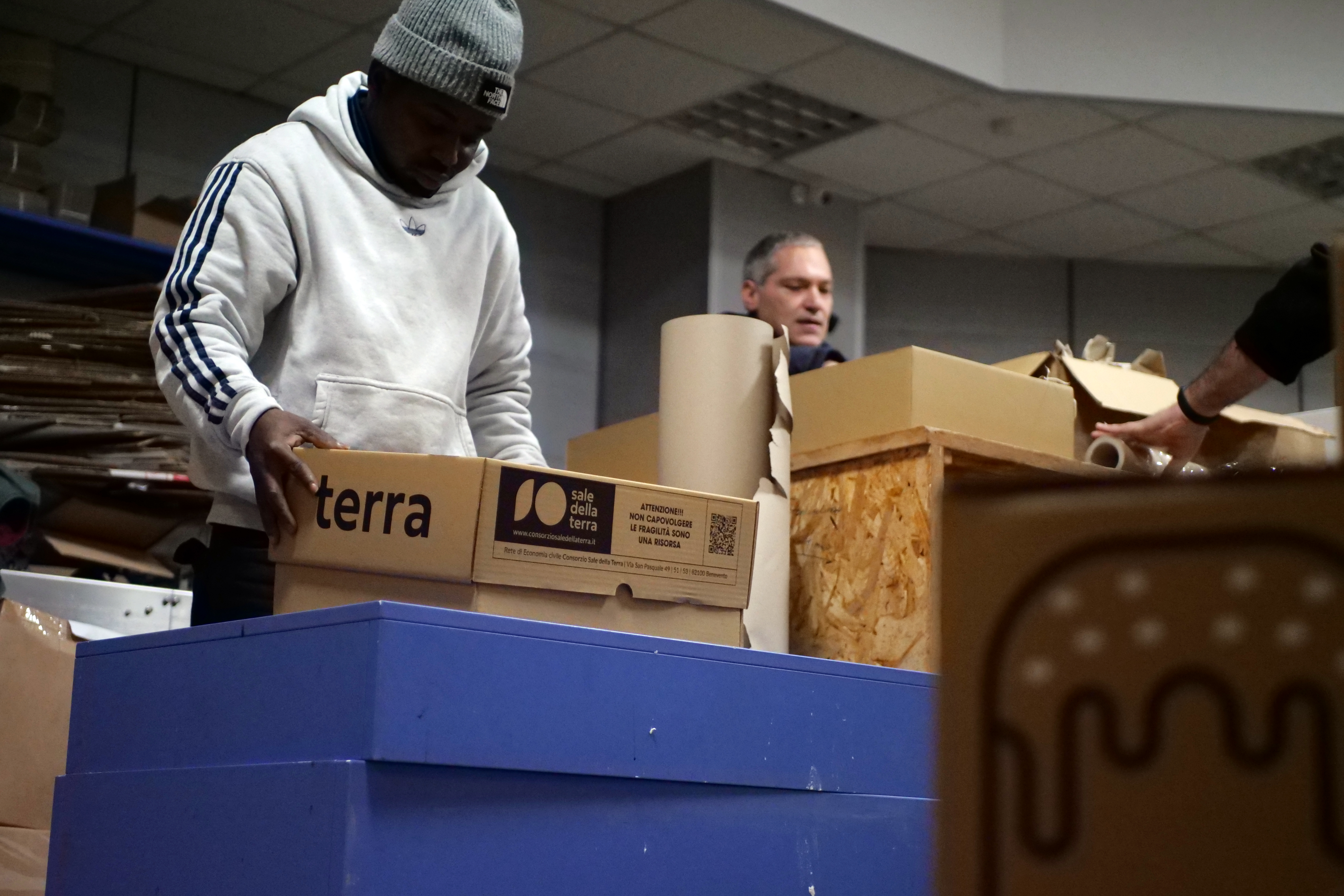
Gioosto. Sustainable B2B shop for social inclusion and better environment
Country:Description:
Gioosto is based in south Italy, in the province of Benevento, a warehouse that brings together approximately 1000 sustainable products with organic raw materials from around 100 companies. Gioosto offers a selection of excellent products matching the demand for genuinely sustainable products with a highly curated supply.
At this time, the shop operates via the web and products are shipped via the transportation system for BtoB
For each product stored there is a preliminary analysis of the company and the production method. Gioosto's aims to act on the environmental cost in the production of goods, taking concrete actions for sustainability has become a necessary goal. It involves a holistic approach to the problem of climate change, addressing economic and sustainability needs of businesses as well.
The method to select products involves the use of the NeXt index, an important tool developed in recent years with a high-quality analysis and study structure.
The NeXt has been recognized as a certification mark by the European Commission. and it measures sustainability through six pillars: Supply Chain, Relationship with Environment, People and the Work Environment, Attitudes Towards the Local Community, Government of the Organization, and Relationship with Customers.
The goal of the Gioosto portal is to provide space and new business opportunities for innovative and responsible entities, often small or fragile, by aggregating them and creating a critical mass.
Create pathways to citizenship and encourage active voting with your wallet to promote sustainable practices and products.
"With more awareness, information, and coordination, voting with your wallet will be the lever that allows us to change the world and guide the economic system towards creating high-value work and environmental protection. Through our choices of production and consumption, we can change the world."
Gioosto wants to address: For producers: Increase resources and know-how to manage sustainable e-commerce, connect good practices in the territory to network and strengthen their offerings.
For consumers: Make products from sustainable companies and their information more accessible, providing a single reference portal to save time and resources with aggregated and multi-sectoral product carts.
Despite Italy's significantly more efficient warehouse and transport systems in the Northeast, Gioosto has decided to open its warehouse in a rural area of southern Italy to take on the challenge of the typical lack of employment in the inland areas of the south.
Read More
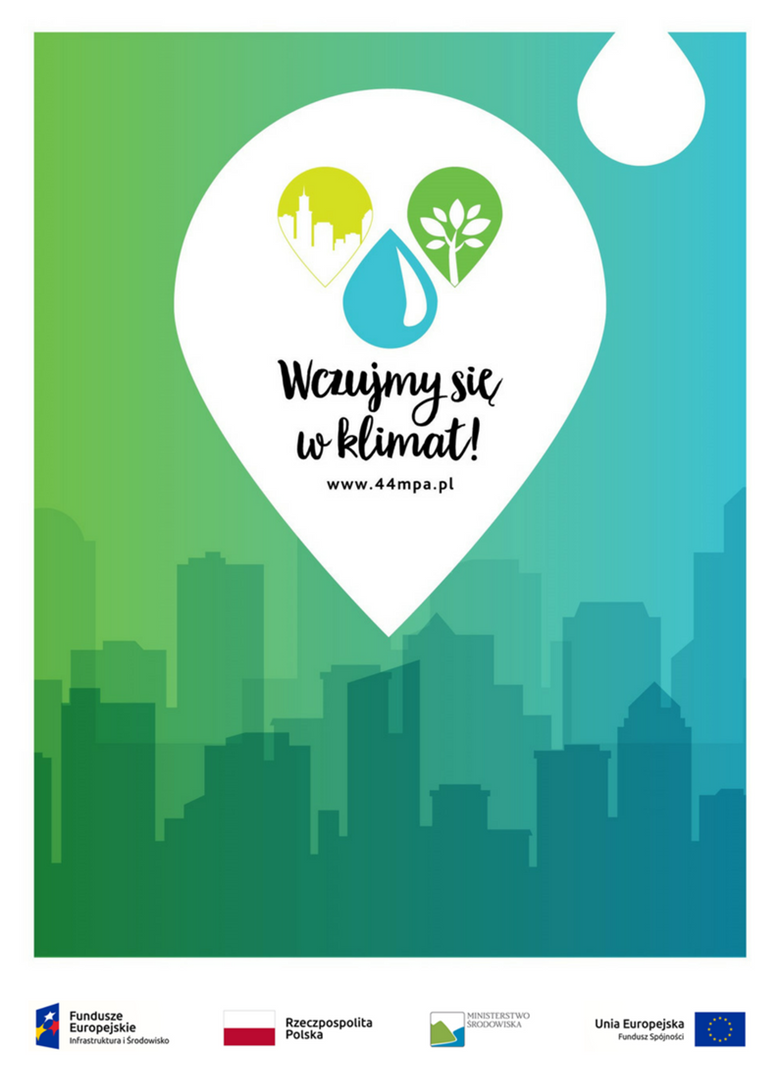
Climate Change Adaptation Plan of Bialystok city
Country:Description:
The City of Bialystok (Poland) has developed the "City of Bialystok Climate Change Adaptation Plan to 2030" as part of the government project "Development of Climate Change Adaptation Plans for Cities with Populations over 100,000."
Work on the plan began in January 2017 and continued for 24 months, covering areas of action to mitigate the effects and risks of climate change. The document is also essential when applying for EU grants for climate change projects.
The main areas of action of the plan are:
- water management,
- transportation,
- land use,
- public health.
Examples of activities include upgrading and expanding the sewerage system, building retention reservoirs, and creating green infrastructure for thermal mitigation. The project also includes adaptation to thermal hazards (including so-called tropical nights - with temperatures not falling below 20oC) and those related to precipitation, flooding, and waterlogging.
The City of Bialystok Climate Change Adaptation Plan to 2030 has 6 strategic objectives:
1. creation of a Decision Support System,
2. creation of an Education Center for Climate Change Adaptation,
3. strengthening the capacity of services,
4. adaptation to thermal hazards,
5. adaptation to precipitation and flooding/underwater hazards,
6. taking climate change into account in spatial planning.
To better fight against the effects of climate change, the plan identifies actions in various areas: changes in the city's organizational rules, educating residents about the risks, and introducing new technical solutions.
Organizational Changes:
Adapting local regulations, including on city planning, to better address climate risks.Organization of public spaces, emergency rules and improving the work of city services and hazard warning systems.
Information and Education Activities:
Introduce information and education activities that will increase public awareness of climate change.
Promotion of good adaptation practices to safeguard the city and its residents.
Technical Activities:
Investment in new or upgrading existing infrastructure that will help protect the city from the negative effects of climate change.
Read More

Greener social neighborhoods
Country:Description:
The city of Lisbon has 67 social neighborhoods, housing the neediest families and contributing to their social inclusion. Three of them are considered eco-neighborhoods: Boavista, Cruz Vermelha and Padre Cruz, the bigger of the Iberian Peninsula with around 20,000 inhabitants. These neighborhoods, built between the 40s and 60s on the last century, have been the subject, in recent years, of a rehousing program due to the degradation of previous homes, the new ones are more environmentally sustainable.
The new buildings constructed are more accessible, with access ramps and an architectural design that allows future adaptations of the accommodation units to new family configurations. The buildings are built and equipped with: i) a higher level of isolation that protects against humidity and contributes to reducing energy consumption; ii) solar panels that provide hot water for each apartment; iii) rainwater collectors for watering small vegetable gardens; iv) light inputs in all directions to take advantage of natural light; v) use of bath water for toilet flushing.
In addition to housing that makes these neighborhoods examples of environmental sustainability, social inclusion and local development, there are other measures that contribute to this. In the Boavista neighborhood, more specifically, renewable energy technologies were installed in social buildings, such as solar panels that heat the water in the neighborhood's swimming pool, a pedestrian circuit (“PediBus”) was created and free Internet access was granted in the neighborhood (“Net-Verde”).
Environmental awareness actions were carried out in the three neighborhoods through the Eco-Bairro website and digital networks, sporting and recreational activities. Education for responsible water and energy consumption and cost savings was also promoted, with monitoring through community mediators.
Read More
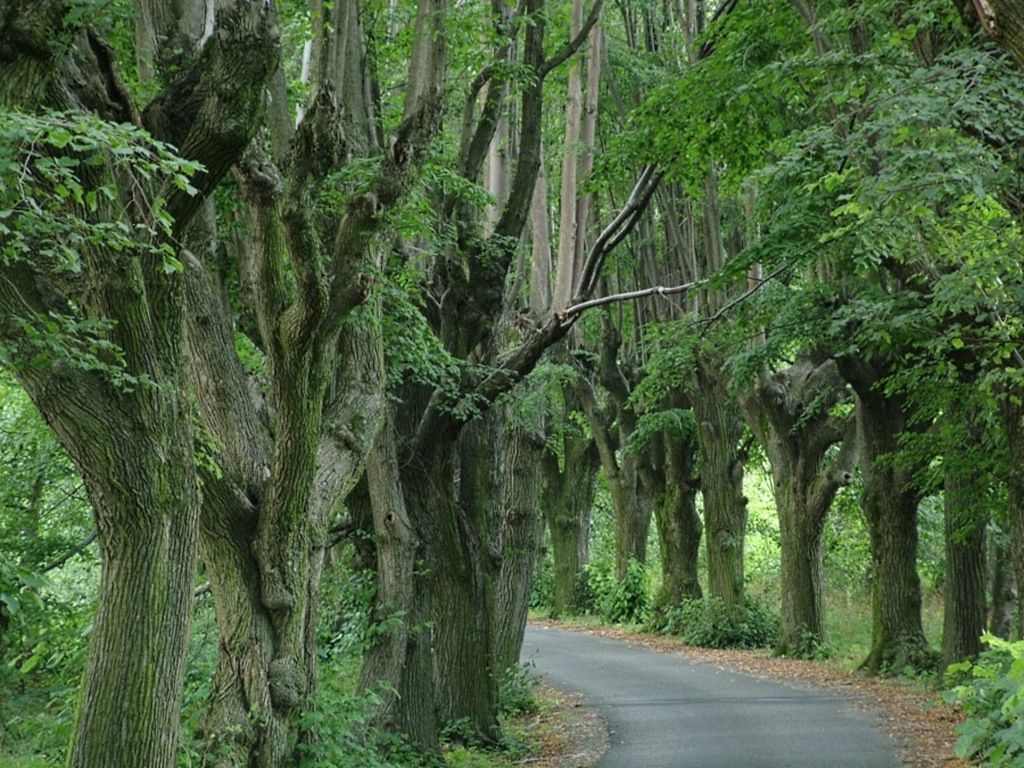
Urgent action to combat climate change
Country:Description:
Alleys inherently belong to the Czech landscape. They have many meanings and one is that they increase the variety and improve the permeability of the landscape, are an important aesthetic element and improve the conditions for biodiversity in the landscape. At the same time, they emphasise dominating places in the landscape and bring visitors to interesting natural formations, human settlements or individual structures.
In Bohemia, the first mentions are of tree alleys from the time of King Charles IV. The first documented tree alleys were located on the territory of the capital city of Prague and connected significant parts, Prague Castle. Most of the tree alleys were built during the Baroque period, when the nobility used them to highlight the driveways of the chateaux, courtyards. Treetops were often perfectly symmetrically adjusted. The most common tree species were Tilia, Quercus and Populus. Often, chapels or crosses dotted the alleys. In the countryside, they were often made up of fruit trees. In the reign of Maria Theresa in 1752, there was a duty to plant trees along the paths of the tree alleys, recommended were Tilia, Morus, Sorbus, Fraxinus, Juglans and wild fruit trees.
One example is the village of Sobětuchy, which lies not far from the town of Chrudim. The village is situated on an imaginary crossing between the urbanised landscape of "Polabí" and the landscape-protected territory of "Železné Hory". Overall, this is the fifth most populous urbanised space in the Czech Republic and therefore there is an effort to return natural landscape features of great importance. In this case, it was the planting of "Perný kopec" tree avenue, in length of 656 m. The aim was to restore a link between the neighbouring municipalities of "Sobětuchy" and "Rabštejn Lhota", to increase biodiversity, to offer citizens a place to walk.
In 2019, 78 trees and 520 bushes were recommended for planting. The main species are for example Quercus robur, Pyrus communis, Malus silvestris, Acer campestre, Tilia cordata and Prunus Avium and 5 varieties of bushes.
Subsequently, based on the proposal of the citizens, following historical traditions, it was decided to build a small church element in the tree alley in 2020, the "Chapel of the Four Saints".
Read More
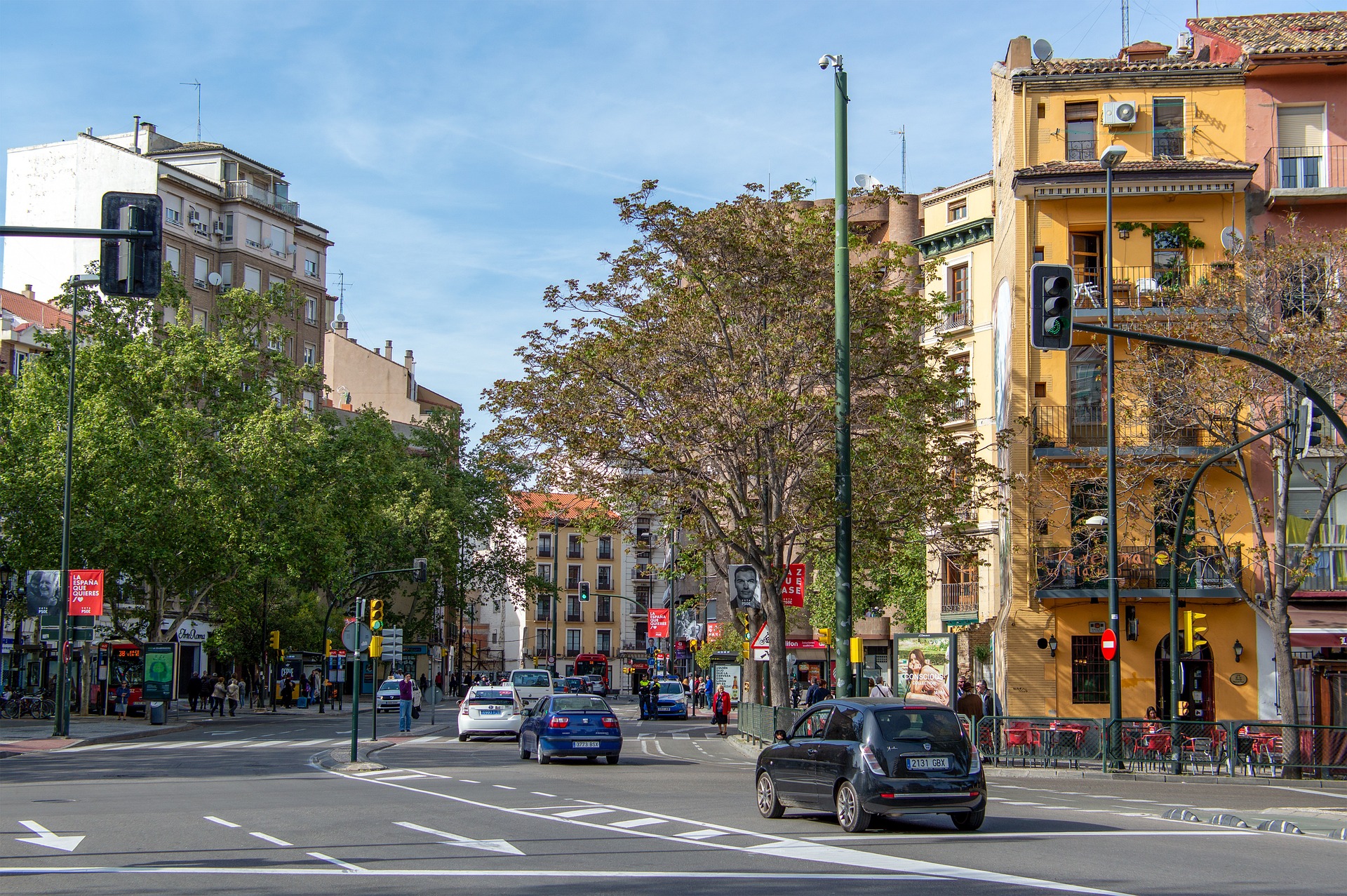
Climate Change Adaptation Plan for Zaragoza 2030
Country:Description:
In 2022, the city developed its Climate Change Adaptation Plan for Zaragoza 2030 (#PACCZ) as part of the commitments undertaken by the City Council of Zaragoza within the European Covenant of Mayors for Climate and Energy. The Climate Change Adaptation Plan for Zaragoza (PACCZ) 2030, approved by the Government of Zaragoza on April 13, 2023, establishes the framework for climate change adaptation action in the city. The plan will enable the city to be better prepared to address the consequences of cli-mate change and reduce its impact on health, the economy, and the environment.
The response to climate change requires the implementation of measures along two lines:
• Mitigation to address the causes:
- Reducing greenhouse gas emissions (energy efficiency measures, reduction of fossil fuel consumption, improved waste management, etc.)
- Increasing CO2 capture by creating sinks (such as urban forests)
• Adaptation to address the consequences:
- Preparing cities to cope with short, medium, and long-term changes
- Avoiding, and reducing impacts, and risks to make the population and ecosystems less vulnerable
The document builds upon the risk and vulnerability analysis conducted for the PACES 2030 and presents the current situation of the city regarding climate risks in the coming decades.
Extreme heat and river flooding are identified as the highest-risk threats the city will face, impacting various sectors and the population.
Risks of extreme cold, droughts, winds, forest fires, chemical changes in air and water, and biological risks are categorized as having a moderate level of threat.
Precipitation extremes and mass movements are considered to pose a lower degree of climate threat.
The plan is structured into 9 action areas covering human health, water and water resources, green in-frastructure, biodiversity, natural heritage, and protected areas, among others. In total, 47 measures will entail a reconsideration of the city's design and management, seeking to involve other administrations, entities, and civil society to combine efforts and achieve common objectives.
Action Areas:
1. Human Health
2. Water and Water Resources
3. Green Infrastructure, Biodiversity, Natural Heritage, and Protected Areas
4. Agriculture and Food
5. Mobility and Transportation
6. Territorial and Urban Planning, Building, and Energy
7. Education and Society
8. Other Sectors, Industry and Services, Financial and Insurance Systems, Tourism
9. Research and Innovation
The plan mentioned in the good practice has just been approved in 2023, and the first project will be implemented in the next months.
Read More
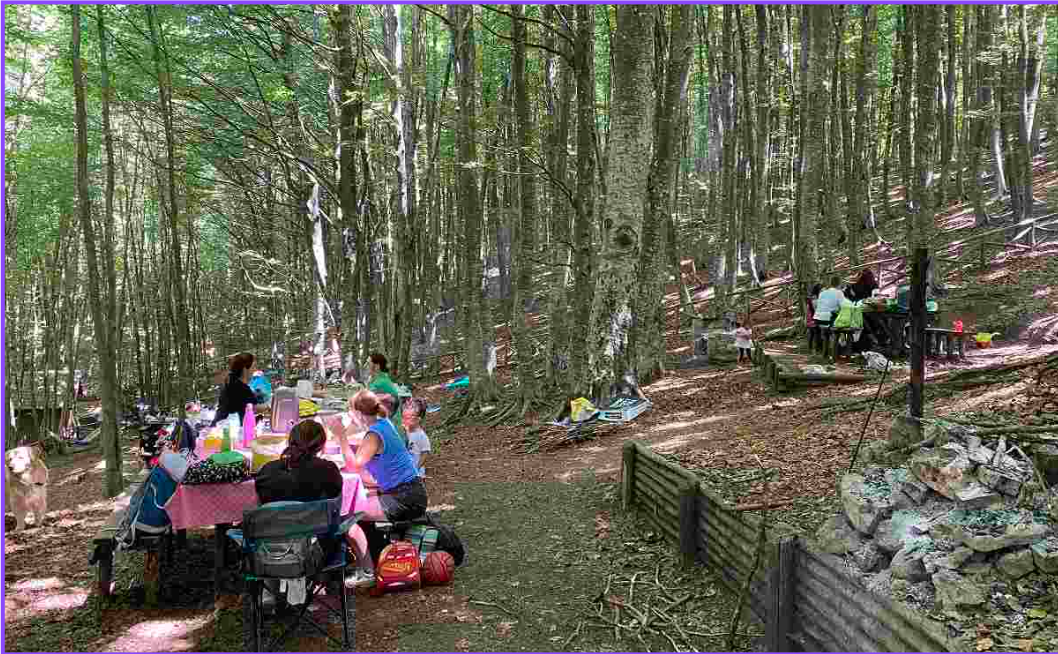
Wake the sleeping beauty, preservation of nature around the city
Country:Description:
Benevento, despite being a relatively small urban center compared to other cities in Italy, is still considered an important urban hub in the inland areas of southern Italy. Due to its central location within the region and the low urban and transport development in the area, just a few kilometers from the city, one can access natural areas and national parks.
Due to the increasingly frequent expansion of urban areas at the expense of natural areas, the WWF Sannio, in collaboration with the University of Agraria and with the contribution of the Foundation for the South, has initiated the project "Sveliamo la Dormiente" (Revealing the Sleeper). "Dormiente" is the name given to the mountain closest to the city of Benevento, which is also the location of the current Taburno Oasis.
The project aims to promote greater sustainability in the use of the park by both occasional and regular visitors, thanks to increased knowledge of its structures, services, goods, and natural resources. An increase in citizen and tourist participation is expected. The actions aimed at the correct use of park resources include:
1. Mapping, classification, and tabulation of trails and the creation of an electronic and paper map.
2. Maintenance of identified trails with small interventions to ensure safe use.
3. Organization of events to promote knowledge of trails and the associated environmental, historical, and gastronomic resources.
4. Compilation of an atlas of the flora and fauna of the park using data collected from monitoring and conservation actions.
One of the project's strategies is the composition of a partnership involving qualified professionals with specific expertise, local associations knowledgeable about the territory, and key institutions for public good management and conservation policies.
The scientific component of the partnership collects, monitors, and processes data, enriching and integrating shared knowledge with local communities.
The project also includes seminars and educational activities, non-timber product collection, training for forest operators to promote the diffusion of forest species, and the promotion of sustainable forest management. Additionally, communication activities, such as a website and social media pages, are part of the initiative.
The Taburno Oasis plays a crucial role in conserving local biodiversity, contributing to maintaining a balanced environment and supporting the presence of unique plant and animal species in the region.
Read More
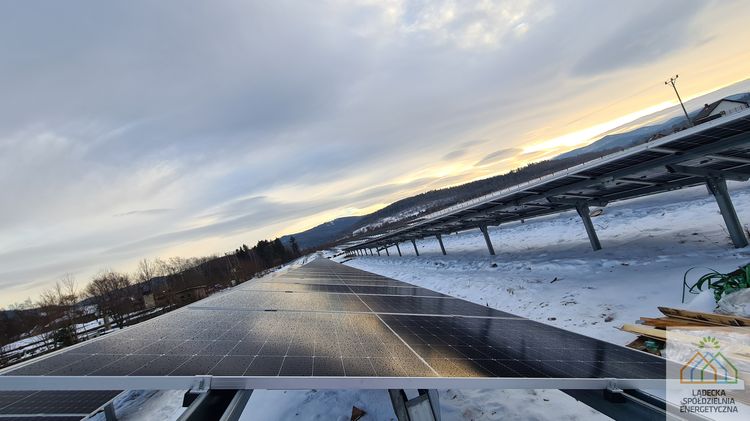
Renewable energy cooperative.
Country:Description:
Public involvement in the development of renewable energy sources is a key factor without which RES investments are met with great public resistance. Windmills - vibration and noise, photovoltaic farms - landscape disturbance, biogas plants - stench. The perception of nuisance changes dramatically if local residents are included in the profit from windmills, photovoltaics or methane. One way to break down the resistance of local residents is through energy cooperatives.
An energy cooperative is a form based on bringing together local people, local government units or businesses operating in the area to build new, or combine existing, renewable energy installations using locally available resources. This form also makes it possible to spread investment costs over a larger number of entities. And thus offers the opportunity to build more efficient installations, supplying more consumers with energy.
As of the beginning of February 2024, there are 26 energy cooperatives in Poland, all producing electricity from the sun on photovoltaic farms. According to the provisions of the Polish Renewable Energy Sources Act, the object of the cooperative's activities can be the generation of electricity, biogas, or heat, exclusively for the energy cooperative's own needs and those of its members.
Permissible capacity:
- for electricity - the total installed capacity of all RES installations enables the cooperative and its members to cover at least 70% of their own needs and does not exceed 10 MW,
- for heat - the total thermal output does not exceed 30 MW,
- for biogas - the annual capacity of all installations does not exceed 40 million m3.
Energy cooperatives are established in both rural and urban areas.
Examples include the municipal energy cooperative in Poland: Otwarty Jazdów in Warsaw, or the Michalowo Energy Cooperative located near Bialystok in the municipality of Michalowo.
Read More

Solar Lisbon
Country:Description:
Between 2017 and 2021, the city of Lisbon quadrupled the cumulative photovoltaic capacity installed in devices, from 2MW to 8MW. Lisbon is the third European city with sunshine and good solar exposure in its building roofs, a maximum of 40% solar exposure which is equivalent to an energy generation potential equal to 95% of the city's electricity consumption in 2016.
Lisbon Solar Strategy aims to reach 103MW (178W per capita) of photovoltaic capacity installed in the city at 2030. This is an important goal to achieve for climate neutrality and to eradicate energy poverty by 2050.
The majority of solar panels in Lisbon is installed in public buildings. Some implemented in buildings of previous construction, such as the Faculty of Sciences of the University of Lisbon. Others are integrated into the architectural design and construction of buildings, such as the Campolide railway station and the Solar XXI building of the National Energy and Geology Laboratory. It is a building designed integrating active and passive technologies, to serve as a demonstration of an energy-efficient building among archi-tects.
In the private sector, the Natura Towers office complex stands out, two buildings that integrate photovol-taic panels on the roofs and facades, along with a rainwater collector and storage system for watering a vertical garden
The possibility of small producers to sell the energy they do not consume to the national electricity grid has proven to be an incentive for the installation of solar panels by private individuals, as well as the granting of subsidies for their financing.
Another important possibility is that producers-consumers and only consumers can create an energy com-munity sharing the production and consumption of electricity. It is from this perspective that the Lisbon City Council has planned the installation of a photovoltaic plant in Carnide, with 2MW capacity, to supply its own buildings and social housing.
Read More
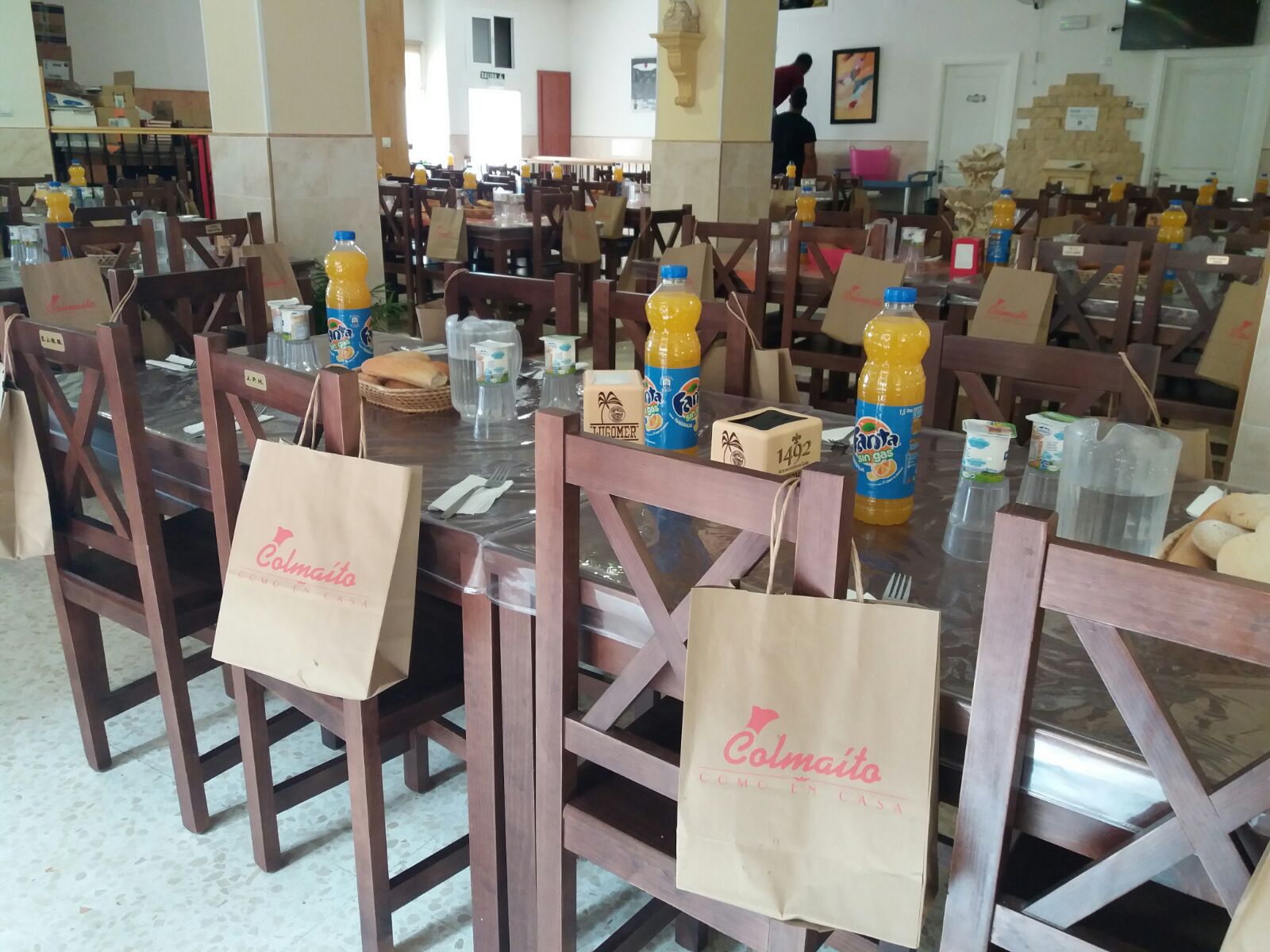
ÁNGELES MALAGUEÑOS DE LA NOCHE, a non-profit association to HELP the most needy.
Country:Description:
The Malaga Night Angels Association is a remarkable non-profit organization that is dedicated to helping the most vulnerable people in Malaga. It is a free, secular, and apolitical association that relies solely on the collaboration of volunteers and financial donations, food, and resources to carry out its noble work in fighting against hunger.
The organization came into existence in 2007 due to the increasing need for food assistance to the most needy. Every day, the association provides breakfast, lunch, and dinner to about 600 people, who are generally living on the streets or in very precarious conditions, 365 days a year. The association distributes almost one million meals per year, an extraordinary feat, and also caters to other needs such as clothing, hygiene products, blankets, etcetera, when donations allow.
To help eradicate hunger in the province of Malaga, the association receives donations from individuals, as well as local companies and institutions. Previously, people in need had to wait in long queues in the open to receive food from the association. However, the association has been working tirelessly to build a soup kitchen so that these people could have a meal under a roof and in a decent place.
The new soup kitchen is a 300m² building, a testament to the association's unwavering commitment to helping the needy. It was inaugurated on May 14, 2016, and today, it is where the association prepares and distributes food to the most disadvantaged people who come to the NGO. The association's efforts are truly inspiring, and its impact on the community is immeasurable.
Read More
Flatten hills
Country:Description:
Lisbon is known as the city of seven hills, which can be seen as a difficulty for the widespread use of bicycles as a low-cost mean of transport in the city..
But the Drive Impact cooperative, with a project called Ciclopes, has been overcoming this obstacle by providing specific training to children and teenagers in social neighborhoods on how to use bicycles. It is an educational project that promotes smooth and active mobility, along with social inclusion and the integration of people within the city's territory.
The motto of the Ciclopes project is “Flatten hills. Flatten bias. Fatten inequalities.”
If “Flatten hills” is the symbolic slogan, “Flatten bias” is the key slogan referring to a central aspect of the project, to deconstruct the bias that bicycles are transport for the poor people. Prejudice naturally established among the population with low economic income, such as those in social neighborhoods, who see the car as a privileged object of the desire for socioeconomic grow.
The slogan “Flatten inequalities” also refers to another essential aspect that is giving teenagers the ability to move independently outside their neighborhoods, using bicycles to discover the city’s territory.
The project provides bicycles that can be loaned for certain periods of time, provides training on their use and transit in the city, and also bicycle maintenance repairs.
The project has been operating since December 2020. In three years, it mobilized more than 2,200 participants, in more than 200 events, with around 850 hours of activities.
This project is related to the use of bicycles that is promoted in Lisbon. In 2017 there were 90.5 km of cycle paths; in 2020, the year of the European Green Capital, there were 125.8 km; in November 2023 there are 173 km and the network continues to grow. Also important is the municipal fleet of shared bicycles, also expanding: there are around 1,600, parked in 130 locations. The cost is : annual pass €25, monthly pass €15, daily pass €2.
The project is located within the facility along with many other projects in the island area, and that contributes to being a reason for engagement on the ground with good impact on education.
Read More

El Encinar, production and consumption of proximity
Country:Description:
El Encinar is a non-profit association that has been passionately committed to promoting and selling organic, artisan, and alternative products in Granada, specifically in the Zaidin neighbourhood, since 1993. It is a meeting place for local organic producers and people who are interested in trying these products and supporting a form of food production that respects the environment.
The El Encinar Association has its premises in the heart of Zaidín, where both members and non-members can shop during business hours. By visiting these premises, one can get a better understanding of what El Encinar is and who they are. The Association aims to promote the production and consumption of organic and local food, handmade and alternative products, and to encourage the consumption of seasonal products.
Moreover, it is committed to establishing a more conscious and responsible relationship with the land, animals, and people. It seeks to bridge the gap between production and consumption by promoting visits to farmers' and ranchers' farms, informing about how each product is produced, and its real cost. El Encinar offers its members products for everyday life and strives to develop a project of maximum social benefit, self-management, and solidarity.
The association's main goal is to become a link between producers and consumers, bringing the rural and urban worlds closer together and providing an outlet for organic producers in Andalusia who are interested in keeping their products in their land. With its unwavering commitment to promoting healthy and sustainable living, El Encinar is a true gem for the Granada community.
The association sells local and seasonal products at fair prices set by the members. Priority is given to products grown by members that have been cultivated in coordination with other producers, are transported a short distance, and comply with social criteria such as fair trade and decent working conditions.
Read More
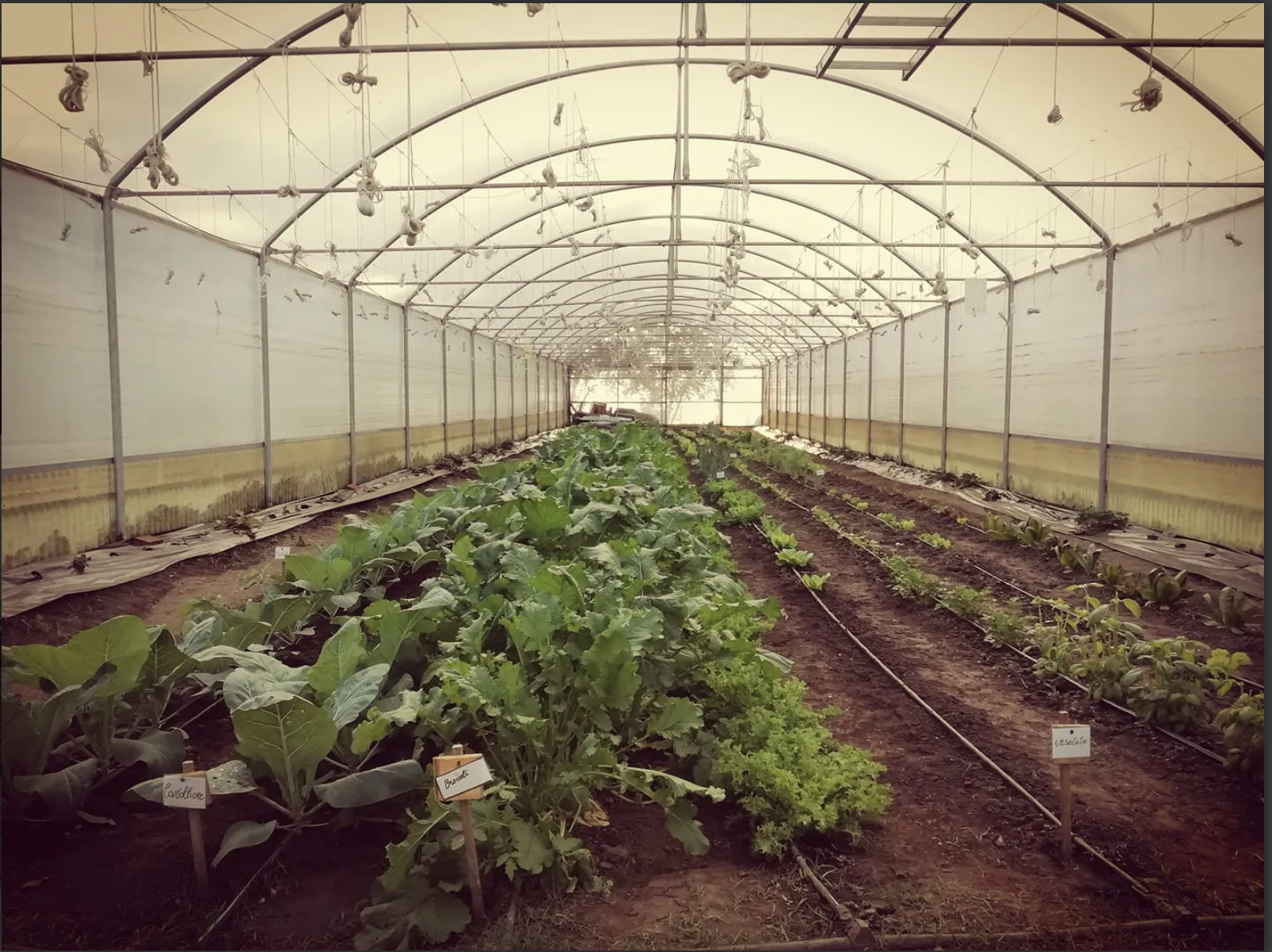
Caffè dell'orto
Country:Description:
When in 2009 the Social Cooperative "La Solidarietà" set up the greenhouse and created the point of sale, the realization of a project began that created the conditions for the training and inclusion first of disabled people, then of prisoners and alternative measures, as well as young people in conditions of pathological dependence.
The project combines a set of different values ranging from social integration to socio-sustainable development, up to the enhancement of social urban agriculture as an engine of social cohesion. The Orto is inspired by the theory and practice of social and organic agriculture; it has a greenhouse, an outdoor vegetable garden, and a point of sale, the "Caffè dell'Orto", a daytime and evening gathering space proposing alternative entertainment without slot machines. An ecological culture is promoted (organic production and strict compliance with rules of separate waste collection, as well as almost zero waste), as well as a place for direct sales of its products to families.
Thanks to this continuous direct contact with the public frequenting the bar, the garden, cultural events, children's parties, individuals included in personalized rehabilitation programs manage to experience continuous interaction with the community, thus realizing their full participation in all aspects of life, not just work, but also the growth of relational skills.
To date, activities are divided into horticulture, bars, disadvantaged individuals (PTRI and Free the Penalty), educational farm, and summer center. Since 2012, an inter-institutional work platform on alternative criminal enforcement to imprisonment has been active at the Orto. The platform is called "Participating in Freedom" and involves the External Penitentiary Enforcement Office of the Ministry of Justice, the House of Benevento, the Diocesan Caritas of Benevento, the Municipality of Benevento, and several third-sector agencies.
Thanks to the functioning of the platform, between 2012 and 2014, 34 people in alternative criminal measures had already worked at the Orto. In the dossier "Participating in Freedom: Stories of a Sentence Gone Well" published in July 2014, it is clear that the recidivism of individuals involved in the platform, namely the criminal relapses of individuals who had already served penal measures, had reduced by more than 75%.
Today, the Orto is animated by the Consortium of Social and Agricultural Cooperatives "Sale della Terra". The Consortium intends to invest in craft activities and allow guests from different social habitats who are following their own path to concrete a real work activity. Agricultural activities aim to defend territories and promote social cohesion, including fragile individuals in the workforce and reclaiming territories at risk of marginalization and abandonment.
Read More
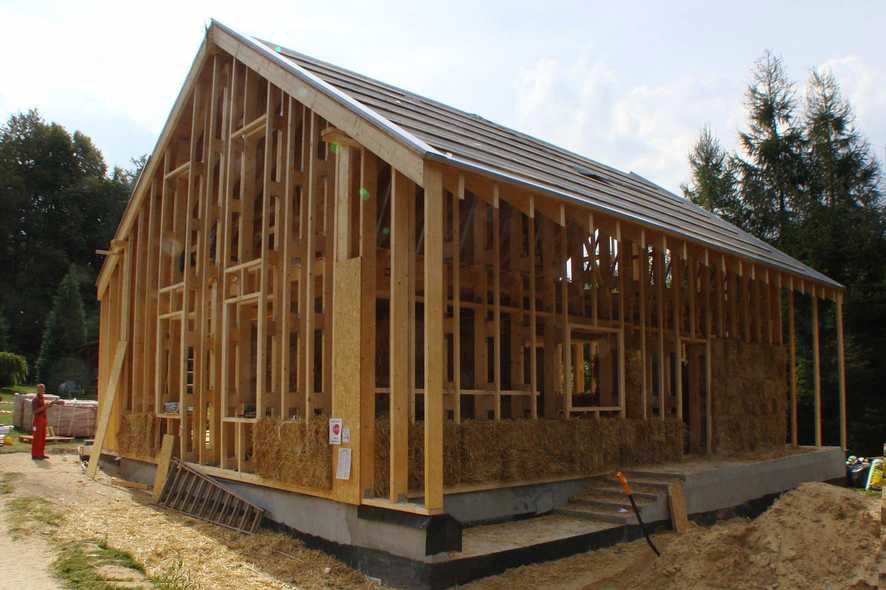
Strawbale houses
Country:Description:
Straw has been used as a building material for centuries. It has been used in thatching, to seal walls in wooden structures, to make clay-straw bricks, or to fill house structures.
A new use - construction using compressed straw cubes (straw bale) - was discovered in the late 19th century with the invention of presses for making straw cubes. Nevertheless, the technology was not "rediscovered" until the 1970s, when it began to gain popularity as an ecological and sustainable construction solution. In France, there is the oldest house built with strawbale technology, in use since 1921, which proves the longevity of this technology.
In Poland, the first strawbale house was built in 2000, and since then at least 350 buildings have been built here using this technology, some of which are used as recreational houses, or for rent to tourists. It should be noted that strawbale cubes are most often not the load-bearing structure of the house walls, but are the filling of the structural frame, usually wooden. Such an application means that the construction of a strawbale house can be done largely on one's own, with prior acquisition of the relevant knowledge, since the key role is the accuracy of execution and avoidance of mistakes.
Strawbale technology has found applications as infill timber structures, prefabricated wood-straw panels, or load-bearing structures. In addition, it is possible to insulate roofs, soffits and ventilated floors, making strawbale technology a versatile solution.
The use of pure straw as a building material without the addition of "construction chemicals" translates into a low level of processing and a beneficial impact on the environment. Straw is a 100% renewable, local and biodegradable raw material. In addition, straw's excellent insulation, both thermal and acoustic, means that homes built with strawbale technology achieve high standards of energy efficiency and value for homebuyers. It is worth noting that the technology also has potential for use in insulating passive buildings, as evidenced by certified projects in Germany and Austria.
Strawbale technology is currently regaining popularity as an ecological and efficient solution in construction worldwide. Its advantages, such as environmental friendliness, energy efficiency, durability and variety of applications, make it an exciting alternative to traditional construction methods.
Straw bales were used in the construction of a house in the touristy "Settlement on the Sona River," among others, according to the principles of natural construction (clay and lime plaster, natural insulating materials, demolition brick and tile, wood from an old barn and barn, fieldstone).
Read More
UpFarming – Verticale Horticulture
Country:Description:
UpFarming is a non-governmental organization that promotes urban agriculture through a variety of innovative projects, such as hydroponic and aeroponic systems. With a collaborative and technological approach, the organization mainly implements vertical urban vegetable gardens to grow fresh and healthy food in limited spaces. In parallel, it develops several initiatives to promote sustainability and food security in cities, such as workshops and other educational activities.
One of the vertical vegetable gardens implemented by the organization is located in the Torres Novas Prison Facility and is cultivated by around 40 prisoners and with prison guards. The aim is to improve the diet of the prisoners and support families in the local neighborhood through the distribution of food. Prisoners obtain a professional certification in horticulture that will help the social reintegration after serving their sentence.
The organization is also present in Alvalade, Lisbon, at the Horticultural park Aquilino Ribeiro Machado (a former president of Lisbon City Council), where it seeks to encourage the involvement of consumers of all ages in the practice of the complete process of growing food products that produces benefits for individual psychological well-being and social cohesion.
UpFarming implemented and co-manages a project called “From School to Table”, which is a holistic production system composed of a horizontal vegetable garden, a vertical vegetable garden, an agroforestry ring and a composting station at Basic Scholl Dom Luís da Cunha. The food produced at the school is consumed by the inhabitants of the neighborhood and the cultivation process is used as a transversal and specific pedagogical tool, contributing to the well-being of the school community and to the formation of a generation that is more aware of environmental and food issues.
Read More
Permaculture garden
Country:Description:
Permaculture is harmonious and sustainable cultivation - a place that uses holistic, natural principles to design, create and maintain a plant ecosystem. Permaculture, a shortened name from permanent culture (sustainable cultivation), is a holistic and comprehensive design philosophy that aims to maintain sustainable cultivation that reflects the natural patterns and sustainable processes found in nature.
The main principles of a permaculture garden include:
Vegetation diversity: A permaculture garden uses a diversity of plant species, which promotes a natural balance in the ecosystem. The combination of plants with different functions and properties strengthens the garden's resistance to pests and disease.
Water conservation: A permaculture garden is designed with efficient water use in mind. The use of water retention techniques, such as mulching with straw or leaves, creates conditions for the collection and retention of moisture in the soil.
Soil maintenance: Permaculture provides healthy soil as a key element of a sustainable garden. The use of natural fertilisers, composting, and the avoidance of strenuous practices such as kneading or hauling away biomass, contributes to the long-term maintenance of nutrient-rich and well-structured soil.
Integrated farming: permaculture promotes sustainable farming methods, such as planting crops that work together and form mutually beneficial relationships. This approach minimises the need for artificial interventions and supports natural growth processes.
Protection of local biodiversity: A permaculture garden supports local biodiversity by attracting a variety of plant, insect and animal species. This promotes the maintenance of the natural balance of the ecosystem.
Education and community: permaculture gardens often have an educational function, promoting the principles of healthy living and encouraging community participation. Community gardens can serve as a place to share knowledge, skills and resources.
By operating according to permaculture principles, gardeners not only benefit from their crops, but also benefit the environment and the local community.
Permaculture crops can largely meet their own food needs, surpluses can be sold and provide additional income. In addition to this, agro-tourism farms are often set up next to permaculture gardens giving the hosts income from renting out the premises, bed and breakfast, and paid educational workshops on organic farming, vegetable and fruit processing, herb harvesting and drying, herbal medicine, natural cosmetics, handicrafts, as well as nature excursions and other additional activities that can provide a livelihood for permaculture farm owners.
One of many permaculture farms in Poland is run by permaculture author, educator and permaculture expert Monika Podsiadła in the village of Podlodek in the minicipality of Michów, Lubelskie Voivodeship (eastern Poland). Any person, after appropriate preparation and acquisition of knowledge, can start their own permaculture garden without much trouble and investment, even in a small garden or allotment in the city, or even more so in the countryside.
Read More
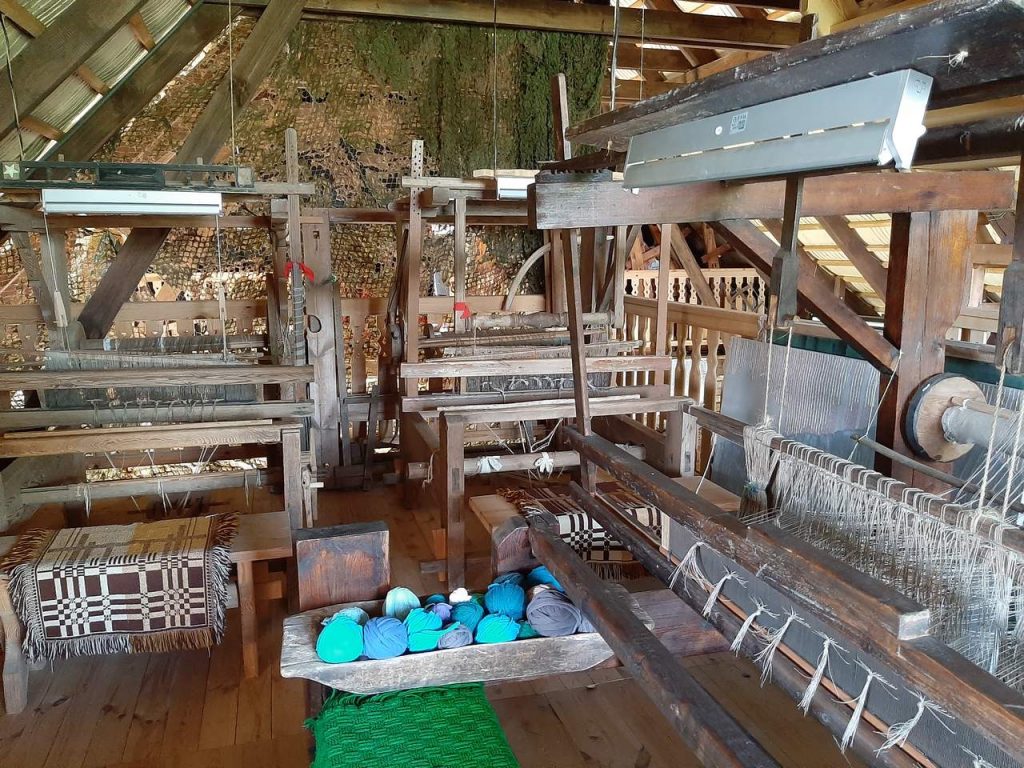
Agro-tourism, eco-tourism, eco-museums
Country:Description:
Agrotourism, ecotourism, living museums, eco-museums - names familiar to anyone interested in resting in nature, in a way that does not harm it, or at least minimizes ecological nuisances.
This is how the owners of the "Na Karczaku" ecotourism site, located in the valley of the Biebrza River - the largest wetland area in the European Union and the largest national park in Poland in terms of area, write about their place:
"We are aware that every tourist activity has an impact on the environment, so we would like, with your help through our ecologically conscious behavior at the "Na Karczaku" agritourism farm and Ekomuseum, as well as on the Biebrza trails, to reduce such adverse impacts and enhance the positive ones. We are committed to ensuring that our farm, where we receive guests, as well as our activities, firstly - do no harm, secondly - foster conservation and thirdly - recreate or create conditions for rich biodiversity, high quality of the natural environment, nurturing of traditions and positive emotions and human relations. We want to achieve this by arousing the sensitivity of our guests to nature - its beauty and its benefits, promoting an ecological lifestyle, the natural and cultural heritage of the region, encouraging responsible consumer attitudes and taking active measures for the natural and cultural and living in accordance with one's own inner beliefs."
These words are at the same time the answer to the question "what is ecotourism", which provides additional income in rural areas, while caring for the environment and local culture. Ecotourism is not only relaxation in nature, but also activities such as:
- workshops for learning to weave on looms,
- production of natural cosmetics using local herbs,
- meetings with herbs and herbal medicine,
- workshops of local crafts and handicrafts,
- workshops on building houses ("hotels") for beneficial insects,
- meetings with ecological lifestyle and natural gardening,
- making and possibility to buy local products,
- observation of ordinary life in the countryside.
Agrotourism in Poland is a developed form of recreation, attracting tourists from both home and abroad. Poland, rich in picturesque landscapes, rural traditions and natural and cultural diversity, is becoming a perfect place for ecotourism enthusiasts.
Polish agritourism is characterized by the diversity of its offerings. Tourists can choose from farms located in the mountains, by the sea, by rivers and lakes, or in the woods. This is an ideal option for those seeking peace and contact with nature, as well as for those who want to spend time actively.
Agritourism in Poland is also gaining popularity among foreigners who are looking for original experiences, away from mass tourism in crowded tourist centers. It is worth noting that agritourism supports the development of rural areas, stimulating the local economy
Read More

ReFood – Stop waste feed people
Country:Description:
ReFood is a project that consists of collecting surplus food that otherwise would be wasted, and distributing it to individuals and families in vulnerable situations, through a community and voluntary approach. Combating poverty and food waste simultaneously promotes environmental sustainability and social cohesion. It is a nationwide initiative, focusing on urban areas, which began to be replicated in Madrid (Spain) and Milan (Italy), with the prospect of also being replicated in Brazil and Virginia (USA).
The operation of ReFood is based on a network of around 60 centers and 7500 volunteers who collect food waste from around 2500 partners, such as restaurants, bakeries and supermarkets. Volunteers also ensure the storage and distribution of food, appropriately and safely, to around 6800 beneficiaries registered in the network, providing access to nutritious and quality meals.
Every month, the project saves 150,000 meals from waste, contributing to reducing the environmental impact of waste. Each month, ReFood avoids sending 1000 tons of bio-waste to landfills, mitigating the release of greenhouse gases associated to the waste.
ReFood also promotes social inclusion by providing nutritious food to people and families in the worst living conditions, helping to combat poverty and hunger. The project also ensures financial sustainability through economic efficiency, as meals are redeemed at 10 cents each and the community contributes with their time, food or other material support.
Another important advantage of ReFood is public awareness of issues related to food waste and the importance of adopting sustainable consumption and production practices. By educating the community about the negative impact of food waste on the environment and society, the project inspires behavioral changes and promotes a more conscious and responsible lifestyle.
Read More

SOS Rosarno - Oranges against Mafia
Country:Description:
SOS Rosarno is a Social Promotion Association that brings together small farmers, immigrant laborers, activists, as well as small artisans and operators of responsible tourism.
The purpose of the association is to "Promote and practice the culture of solidarity, mutual respect, and non-violence, pursue equality and social justice. Working towards overcoming any prejudice or barrier, whether it be cultural, social, bureaucratic, economic, or physical, that may represent a source of any form of disparity, discrimination, intolerance, xenophobia, racism, violence, and obstacle to true social and cultural integration of individuals, regardless of origin, social and economic status, race, gender, religious belief, and political affiliation."
The main activity is the organization of citrus and olive production according to criteria of organic agriculture and with the guarantee of regular employment of workers.
The association does not engage in commercial mediation, but only coordination and promotion activities, especially with Solidarity Purchase Groups and EquoSolidarity Shops throughout Italy, ensuring that participating producers respect all the principles and conditions of the project and directly connecting purchase groups with producers.
Through the sale of products at a fair price - which means higher than those imposed by the Large Organized Distribution market - fair remuneration for workers and fair compensation for producers are guaranteed, creating a small living example of a possible economic alternative for Calabria and particularly for Rosarno, based on sustainability, equity, and conviviality criteria.
At the moment, the only source of funding is the sale of products to Solidarity Purchase Groups, allocating a portion of the price to the financing of the association's management and another portion to the financing of support activities, rights promotion, and more generally solidarity towards seasonal workers who, by the thousands every fall-winter, crowd the plain of Gioia Tauro.
It currently involves 56 workers freed from the slavery of the mafia, from 10 different nations and a network of 100 small and micro local producers.
Read More
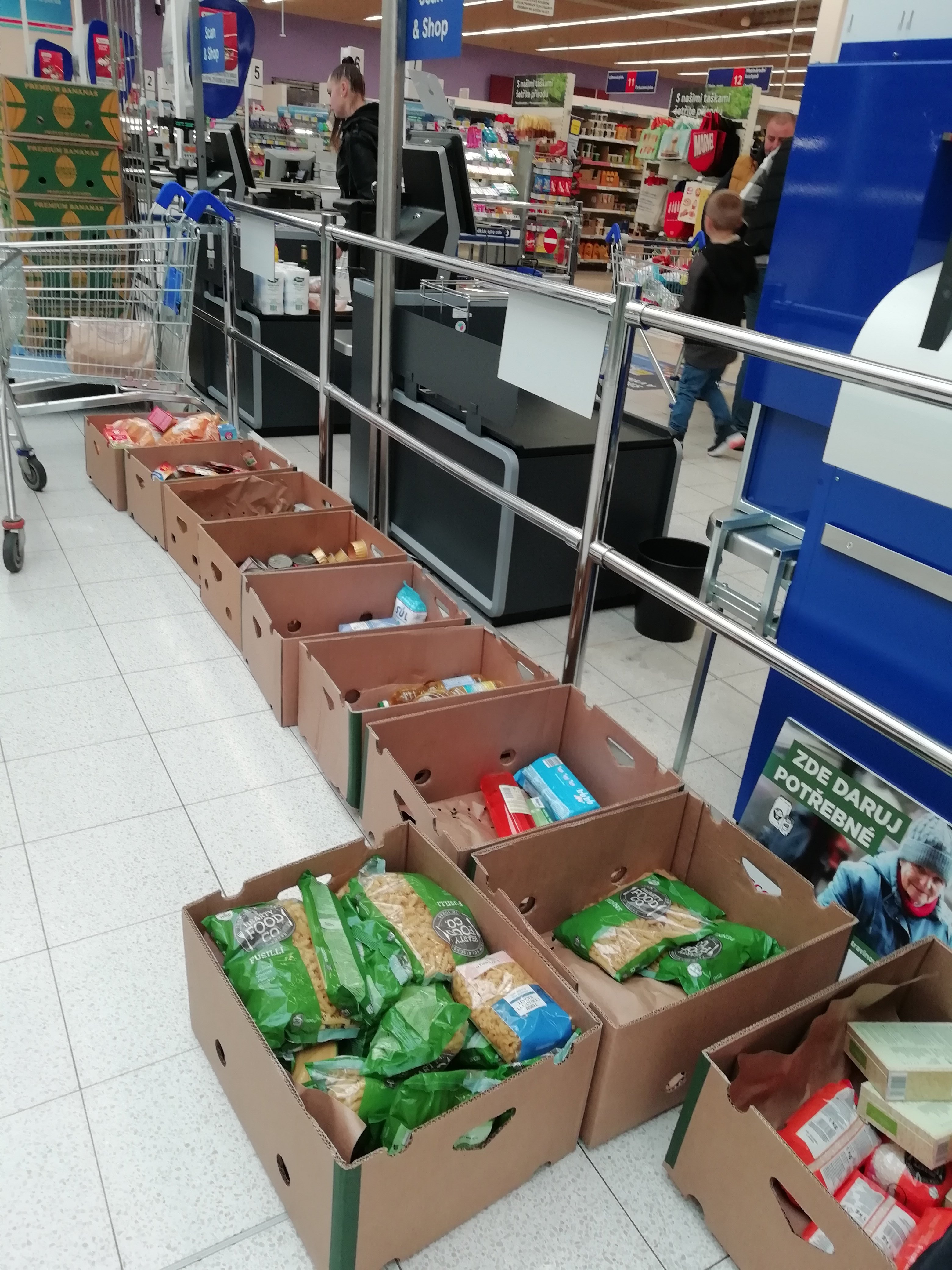
Food support for socially weak groups in the Czech Republic
Country:Description:
In the Czech Republic, there is the Czech Federation of Food Banks which covers all sub-food banks. It represents them nationally and trans nationally and operates a central warehouse. Food banks are non-profit organisations that collect food and distribute it to customers of charitable organisations. They help people in need to reach food , especially the elderly, families with children, single mothers and homeless people.
Food banks mostly provide food to those in need through customer non-profit organisations, as well as through food aid outlets. Food banks source food from food chains, food collections, the European Food and Material Assistance Programme, small vegetable and fruits producers, food producers or general public. In Pardubice, the Food Bank was established in 2015. The project was co-financed by the EU in the Operational Programme Employment plus and was implemented as part of the achievement of the social objective.
Many companies and organizations are partners of the project, e.g. LIDL, Makro, Kaufland, Košík.cz, Rohlík.cz, Charita Czech Republic, Ministry of Agriculture and others. Many organisations are members and purchasers, mainly non-profit organisations, e.g. the Parish Charity Chrudim, which helps people in difficulty and cares for those in need of very demanding care.
Another non-profit organization in Chrudim is SOPRE CR o.p.s., which works with the Food Bank Of Pardubice, z.s. and has its food assistance delivery point. The organization was founded in 2007 and the first social service was the Dormitory for people without a shelter. The target group is abandoned seniors, single parents, families in crisis, homeless people, people with psychological and physical disabilities who have limited financial income. Twice a year, they participate in the National Food Collection, take their groceries from the department store, transport them to the pick-up point and assist in delivery. The organization cooperates with the Department of Social Affairs of the Chrudim, Chrast and Skuteč Municipal Authority.
Read More
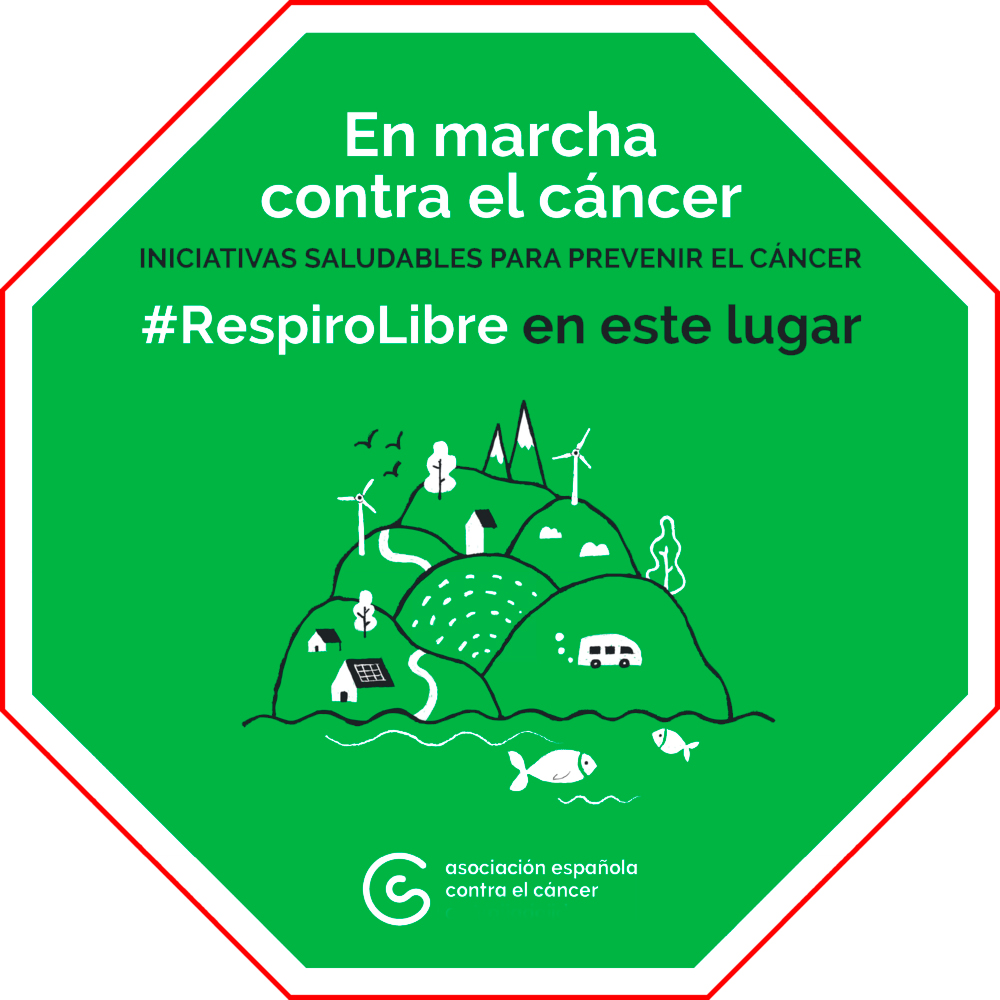
The first smoking-free park in León
Country:Description:
The City Council of San Andrés del Rabanedo is leading the way in the province of León by implementing the first "Smoke-free space".
The Antonio García Valladares Park in San Andrés del Rabanedo, in April 2023, has become the first smoke-free space in the province of León.
Since 2021, the Association Against Cancer has been working to eliminate tobacco smoke from public spaces. Nearly 300 spaces with up to 2.5 million visitors have been declared smoke-free across Spain.
This initiative consists of creating environments free from exposure to harmful traditional or electronic tobacco smoke in open spaces for public and collective use, regardless of whether they are public or private property. The aim is, therefore, to create healthy environments to protect health and prevent illnesses, whether cancer or other respiratory or cardiovascular diseases.
In León, the first smoke-free space has been established at Antonio García Valladares Park in San Andrés del Rabanedo. This initiative aims to create environments free from exposure to harmful tobacco smoke.
To ensure successful implementation, members of the Spanish Association Against Cancer have provided training and raised awareness amongst some of the workers of the City Council. This will enable them to communicate the importance of respecting this smoke-free space, as they are the ones who have the most contact with citizens. This aligns with the Municipal Strategy for Health Promotion.
This first smoke-free space in the municipality is expected to be followed by others in locations with a high number of residents. The objective is to emphasize the need to create places where people can be guaranteed not to smoke or inhale tobacco smoke.
Read More
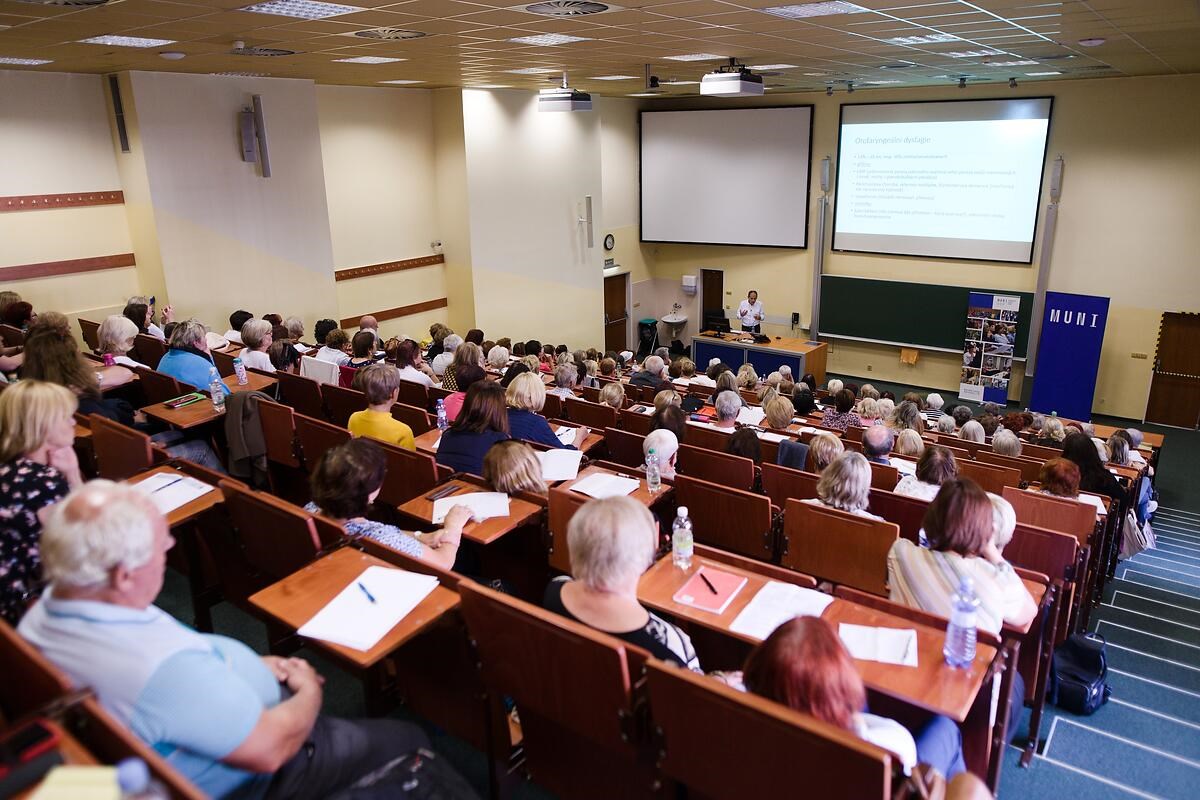
Lifelong learning opportunities in the Czech Republic
Country:Description:
The University of the Third Age (U3A) is a lifelong learning programme that focuses on the mental activities of older people. The main mission is to provide university information , knowledge and skills to people in the post-productive age and, above all, to take advantage of intergenerational learning. With the help of the programs, seniors have the opportunity to meet with the latest knowledge in history, medicine, medicine, culture and the like in a qualified and university-level manner. Thanks to this education, seniors can maintain mental freshness, mental well-being, gain new information, and most importantly, their studies will help prevent them from becoming socially isolated.
Lifelong learning programmes of the University of the Third Age are usually intended for applicants who have reached retirement age and have secondary education with a school-leaving examination. The university also allows all war veterans who fought for our freedom to enroll in U3A programs without proof of secondary education. People often reach retirement age in good physical and mental condition, they are interested in new knowledge, what is happening around them and want to develop further. Despite their age, they have their own life goals that they want to fulfill.
One of many examples is the Czech University of Life Sciences Prague, which provides information on the economic, agronomy, forestry-economic, agricultural economics of the tropics and subtropics, as well as education. The study is not a substitute for comprehensive higher education, but graduates receive a certificate of completion. The topics provide general, hobby and non-professional education at the university level to older people.
Participants do not have the status of a student, but they can use the library, computer lab, projection laboratory, swimming pool, gym, etc. throughout their studies.
Lecture cycles are usually 4 semesters long. There are 12 lectures in each semester, which are supplemented by excursions and workshops. At the end, the seniors will receive a certificate at the graduation ceremony in the school auditorium. Participants must pay a small tuition fee, but also have a minimum set attendance and write regular tests. After graduation, seniors can continue on to other educational programs.
Similar programmes are also offered by Charles University and some other universities.
The city of Chrudim also cooperates with the Czech University of Life Sciences Prague. The Municipal Library provides registration, teaching facilities, transport to excursions, and also library staff accompany graduates to the award ceremony.
Read More

Young people for seniors
Country:Description:
The association “Let´s go for a trip!” is a non-profit organization that was established in 2014 and implements leisure activities for seniors over 65 years of age. As they say themselves: "Our mission is a ruthless fight against the loneliness of seniors and an effort to replace it with joy, getting to know new places and friends from all generations."
During the implementation period, the association came into contact with at least 5,000 seniors while organizing leisure activities connected with educational activities. They present the issue of the older generation to the general public, cooperate with other non-profit organizations, and organize events related to private educational activities. They focus their activities mainly on prevention and education of the senior population.
A very popular activity is the organization of many interesting trips to the surroundings. The trips are one-day, so that they are manageable for all interested parties and, above all, affordable and safe. They are always perfectly secured by experienced guides and medical escorts from the ranks of young volunteers. Seniors with various health limitations, poorer mobility or wheelchair users often participate.
With the help of young people, everyone can do it, and thanks to these activities, they will see places that they would definitely not know.
As part of the association's activities, seniors meet not only their peers, volunteers, but also preschool children, during intergenerational activities. These meetings deepen social ties and create conditions for intergenerational rapprochement.
Another area that greatly helps seniors is the support of self-sufficiency of seniors. These are regularly informed in the field of social services, pointing out various dangers related to new technologies, but also about a healthy lifestyle and suitable activities offered.
Every year, the association organizes a Senior festival. On average, around 1,000 seniors visit it. Of this, at least half of the people will be gathered by the association from many different regions, including people with medical disabilities.
The activities of the association are supported by many partners and voluntary donors. Important partners are, for example, the EU, MAS Chrudimsko, the city of Chrudim, the city of Chrast, Ecomonitor, the Pardubice Region and others.
Read More
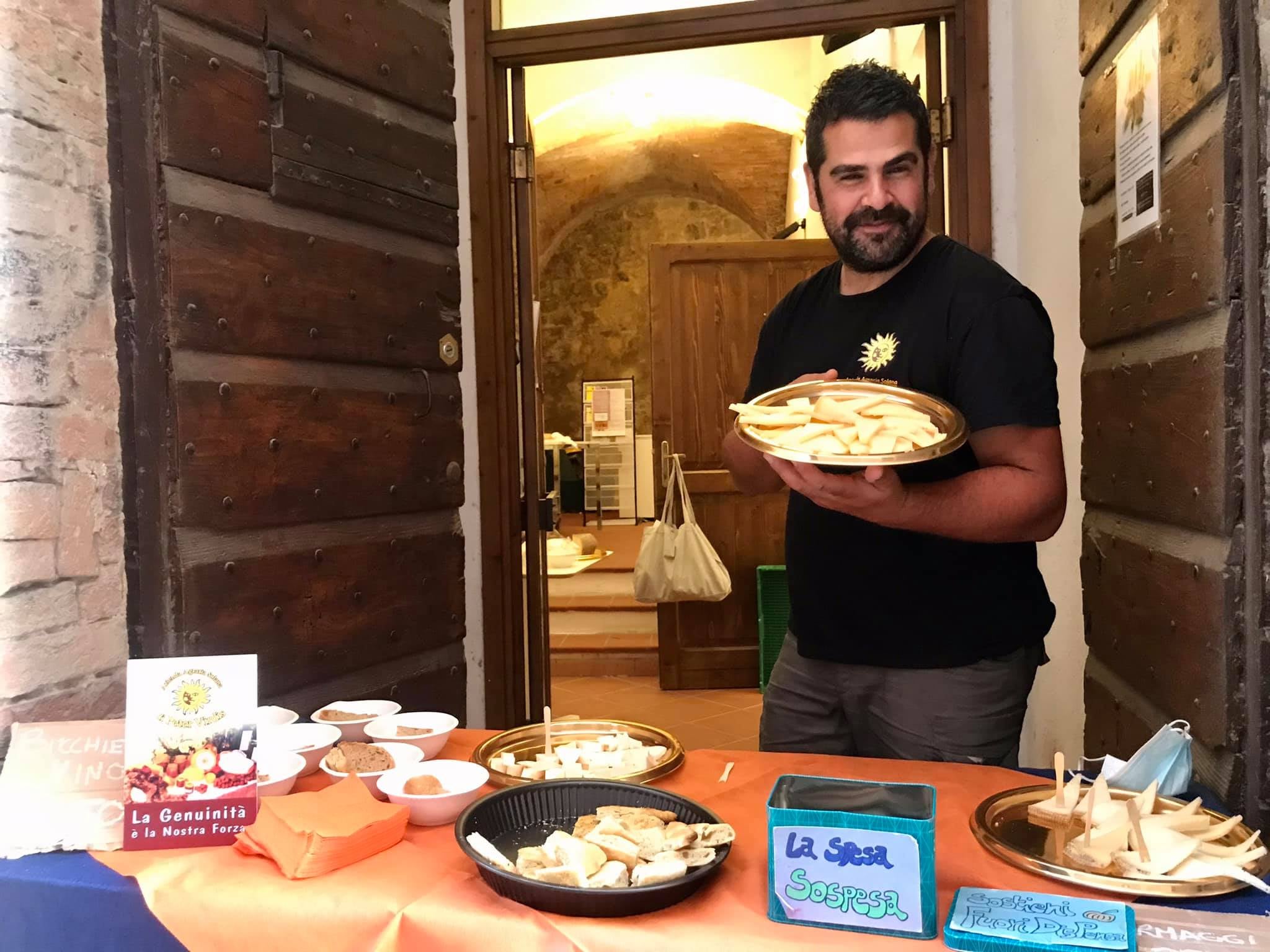
Fuori di Zucca (Crazy Pumpkins)
Country:Description:
Fuori di Zucca is a social promotion association (APS) in the historic center of Perugia that was born in 2016 from an idea of the NGO Tamat realized in collaboration with the association Fiorivano le Viole. Fuori di Zucca's goal is to promote the concept of food sovereignty by fostering the direct producer-consumer relationship, respect and fair pay for those working in the production chain, ethical and sustainable productions, sharing information on the food-health relationship, and social cooperation.
The main activity that the association currently carries out is that of the Solidarity Purchasing Group (G.A.S.). "G.A.S. are groups of people who organize to buy food or everyday products together. Purchasing is done according to the principle of solidarity, which leads them to prefer small and local producers who respect the environment and people, with whom they establish a direct relationship." (http://www.economiasolidale.net/content/cose-un-gas).
G.A.S. was started in 2016 by a group of five people with the goal of creating a small community that would buy in a conscious and alternative way. The first step was to define the philosophy of the G.A.S. and establish the requirements needed to identify producers to contact. The following summarizes the cardinal principles on which the Purchasing Group is based:
- the group is directly run by consumer members and not by producers although the producer/consumer relationship is direct and based on mutual trust, constant dialogue and active participation in GAS life;
The GAS of Fuori di Zucca responds to the need to get, even in the historic center of a logistically complex city like Perugia, "healthy" products from the nearby countryside. The collective management of the volunteers and the decision not to make any mark-up on the products allows the GAS to be accessible also from an economic point of view, countering the idea, increasingly widespread by the Large-scale Retail Trade, that "organic" means "expensive" and reserved for the wealthier social classes.
Since 2018 Fuori di Zucca has also started the "Fuori Dispensa" initiative through which it guarantees, thanks to the contribution of members and producers, support to people in need by providing weekly food shopping with GAS products.
Read More
